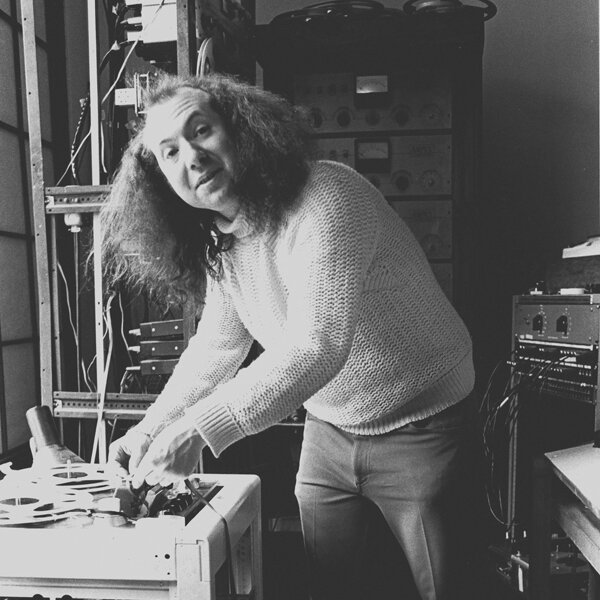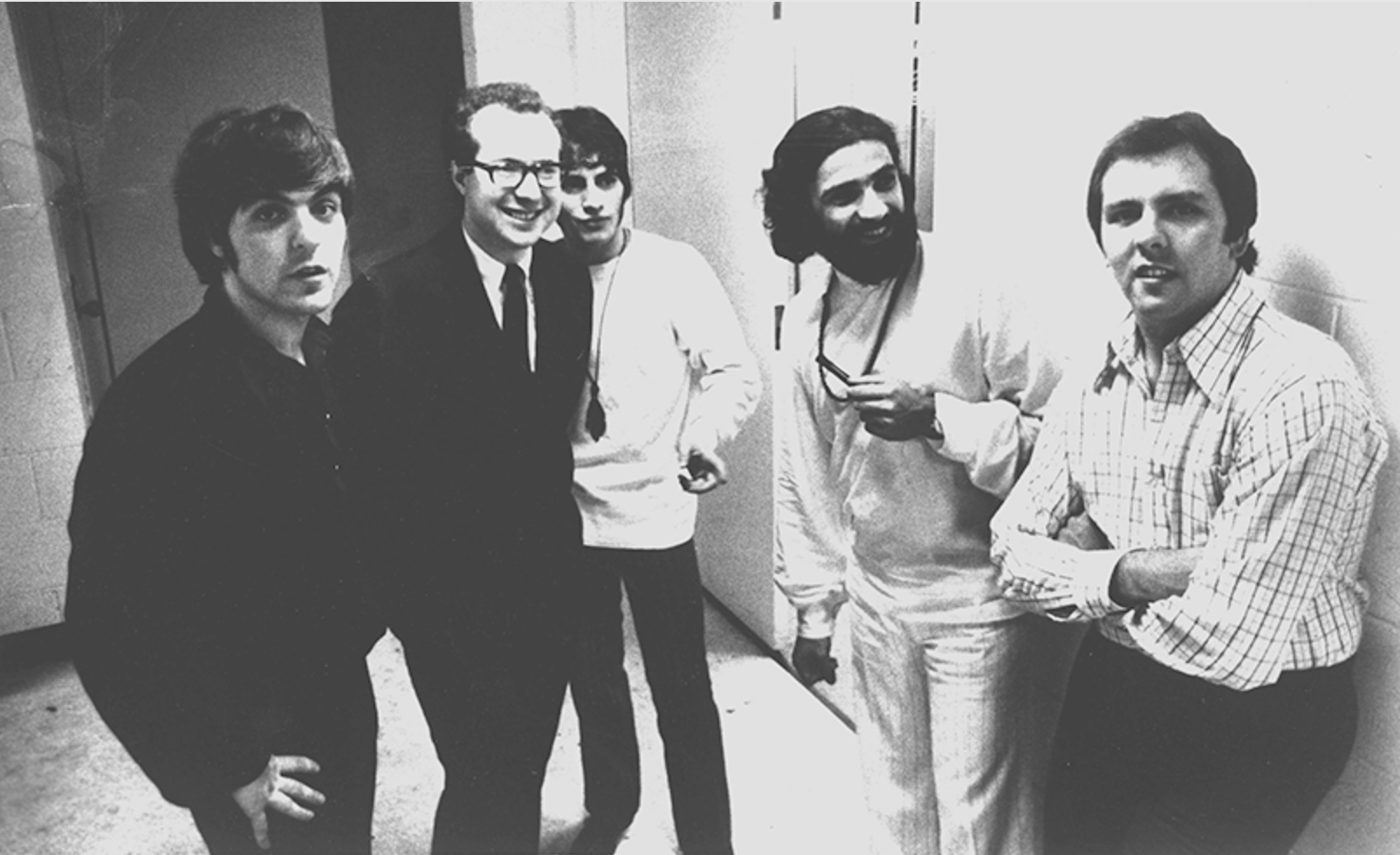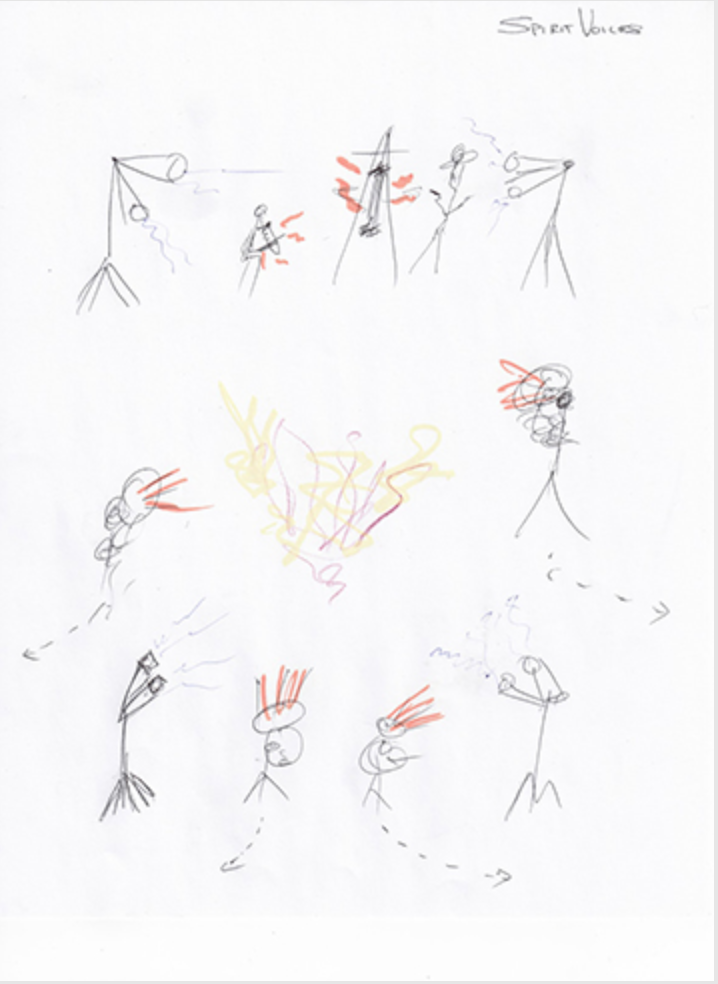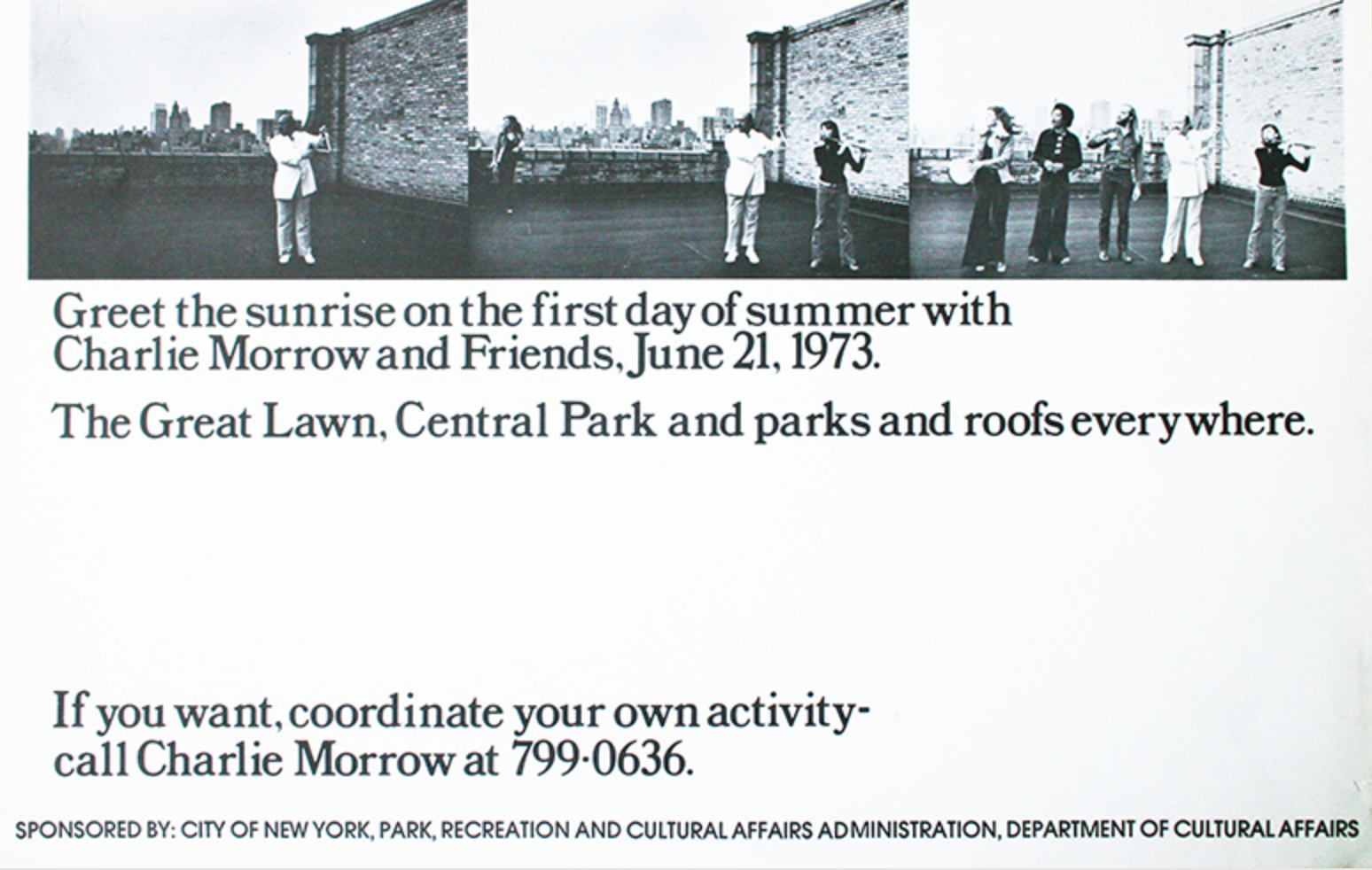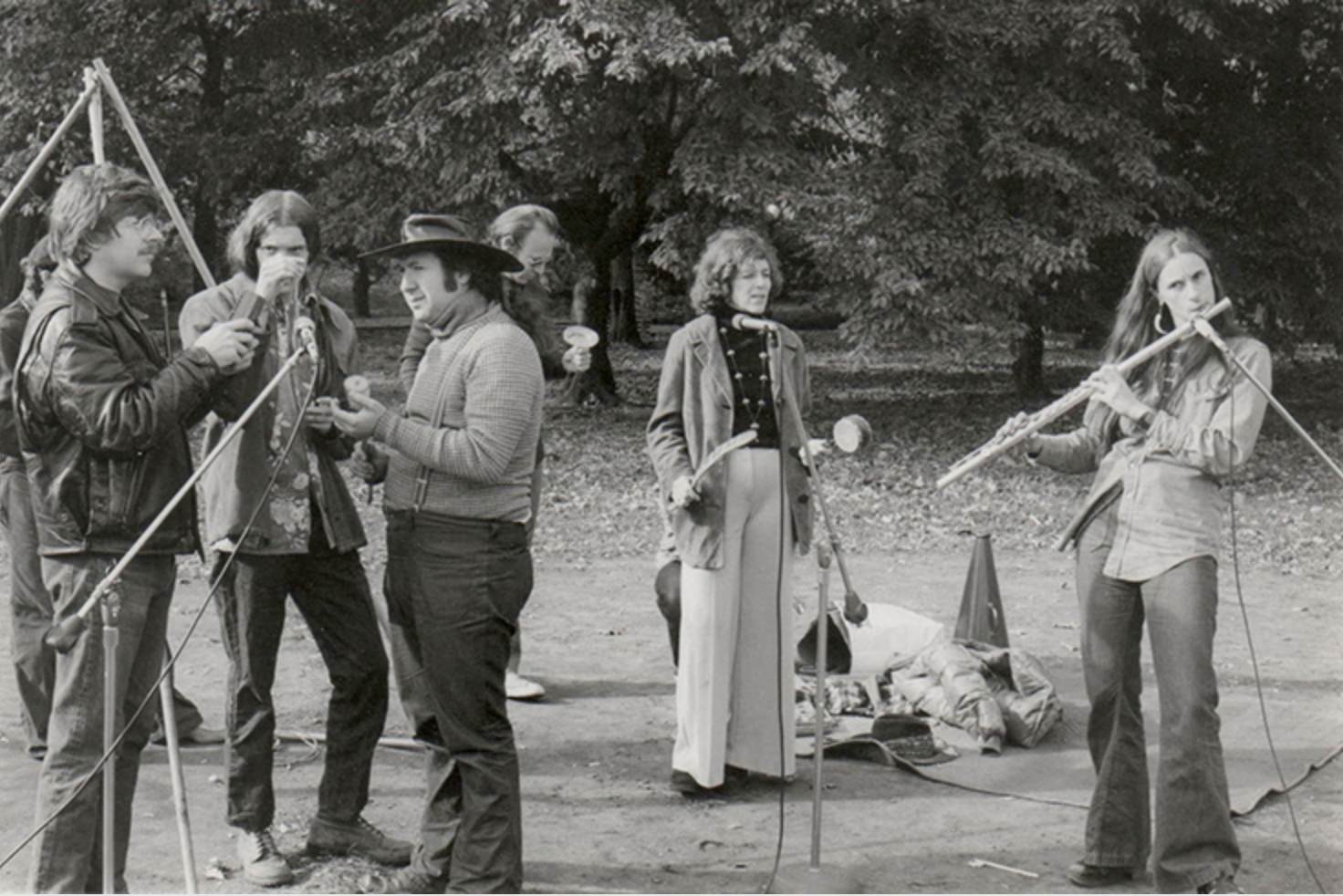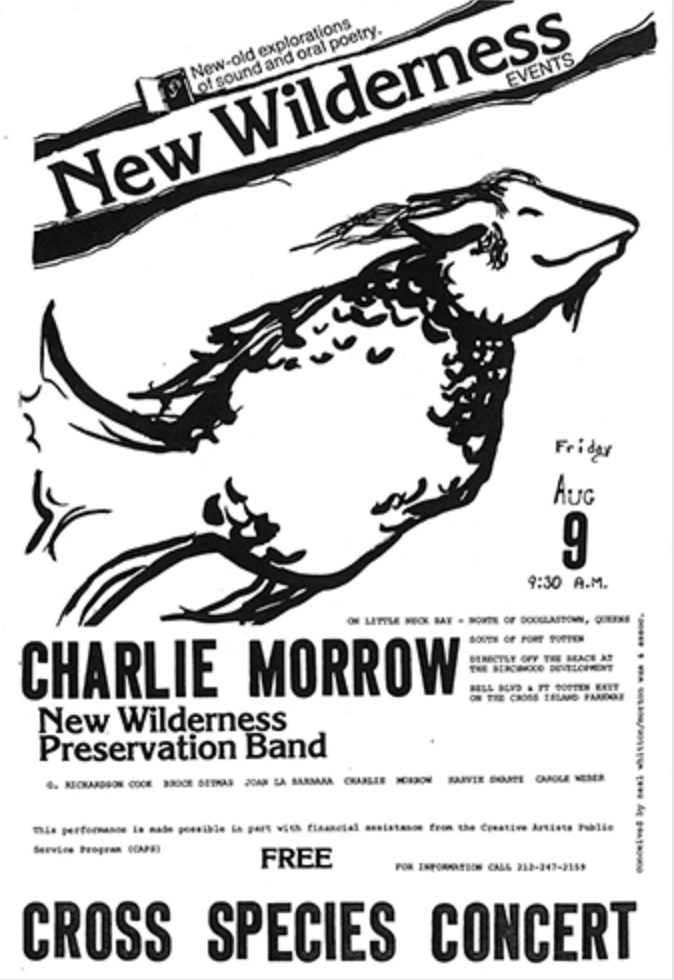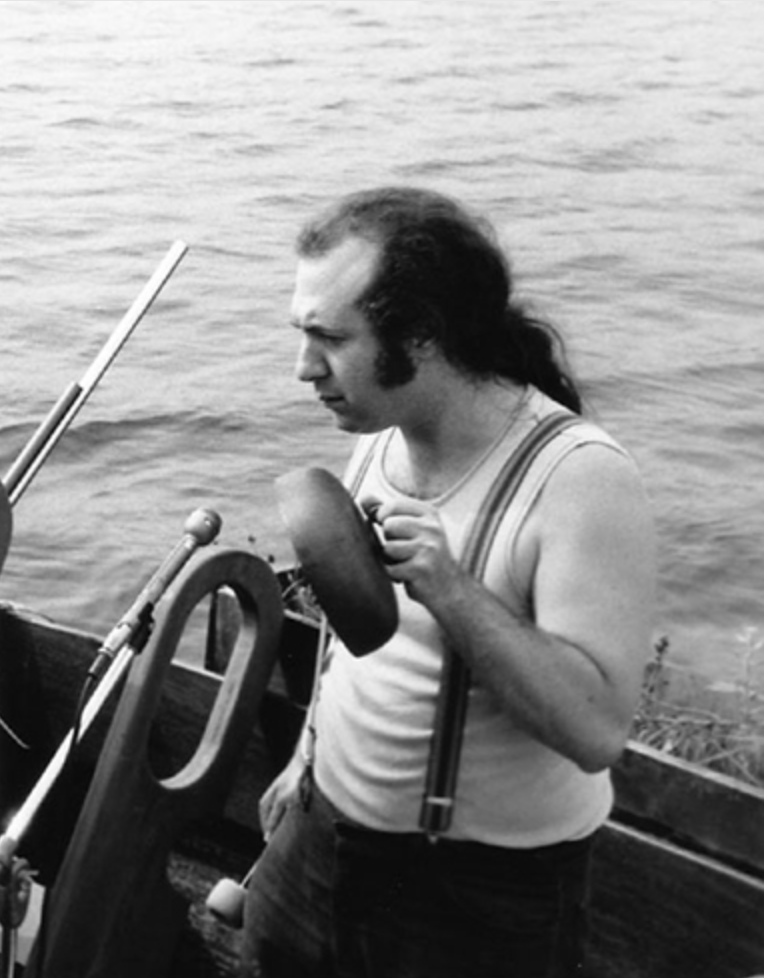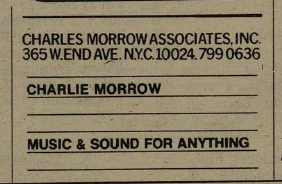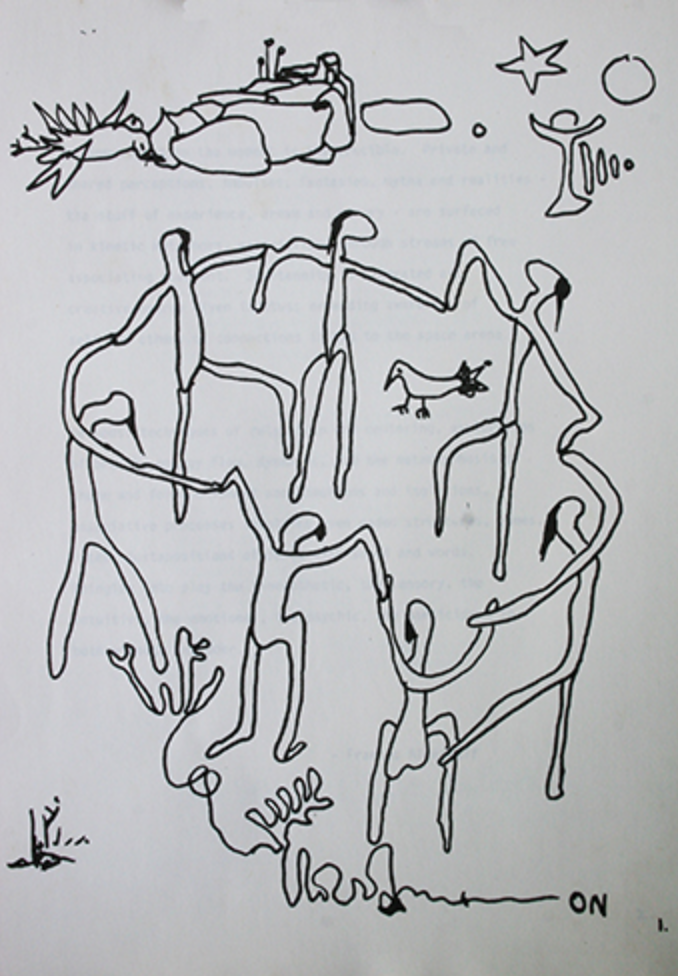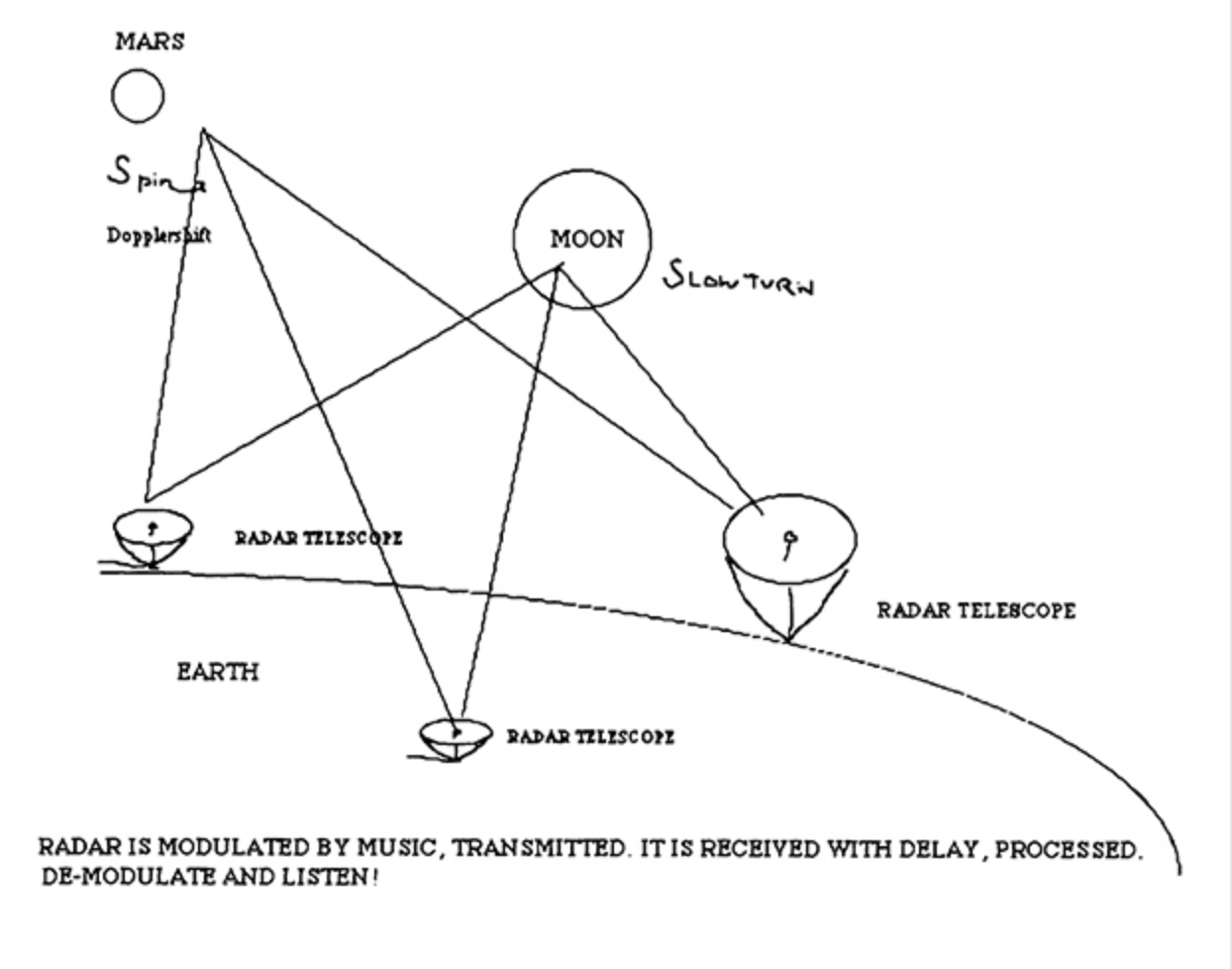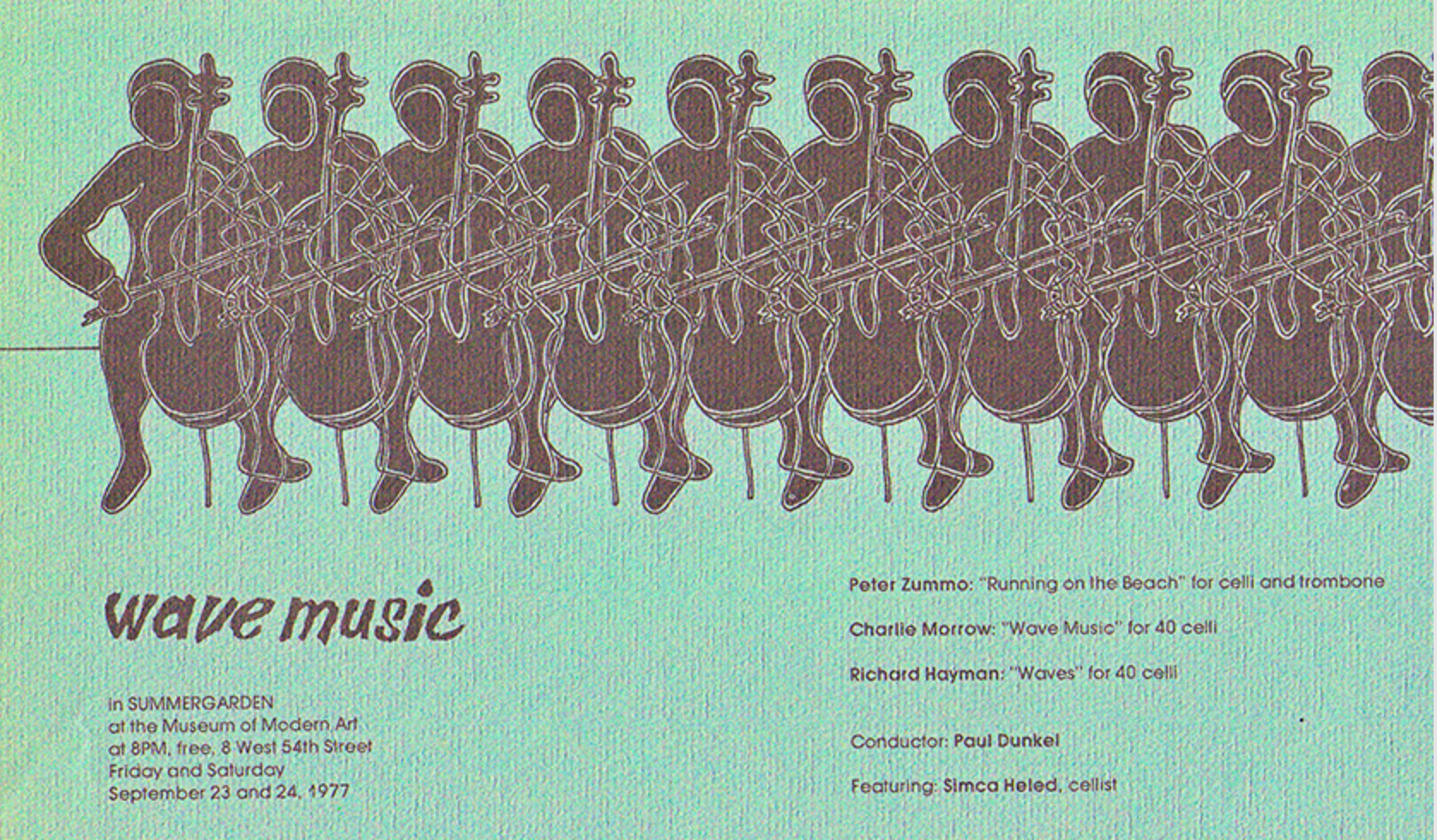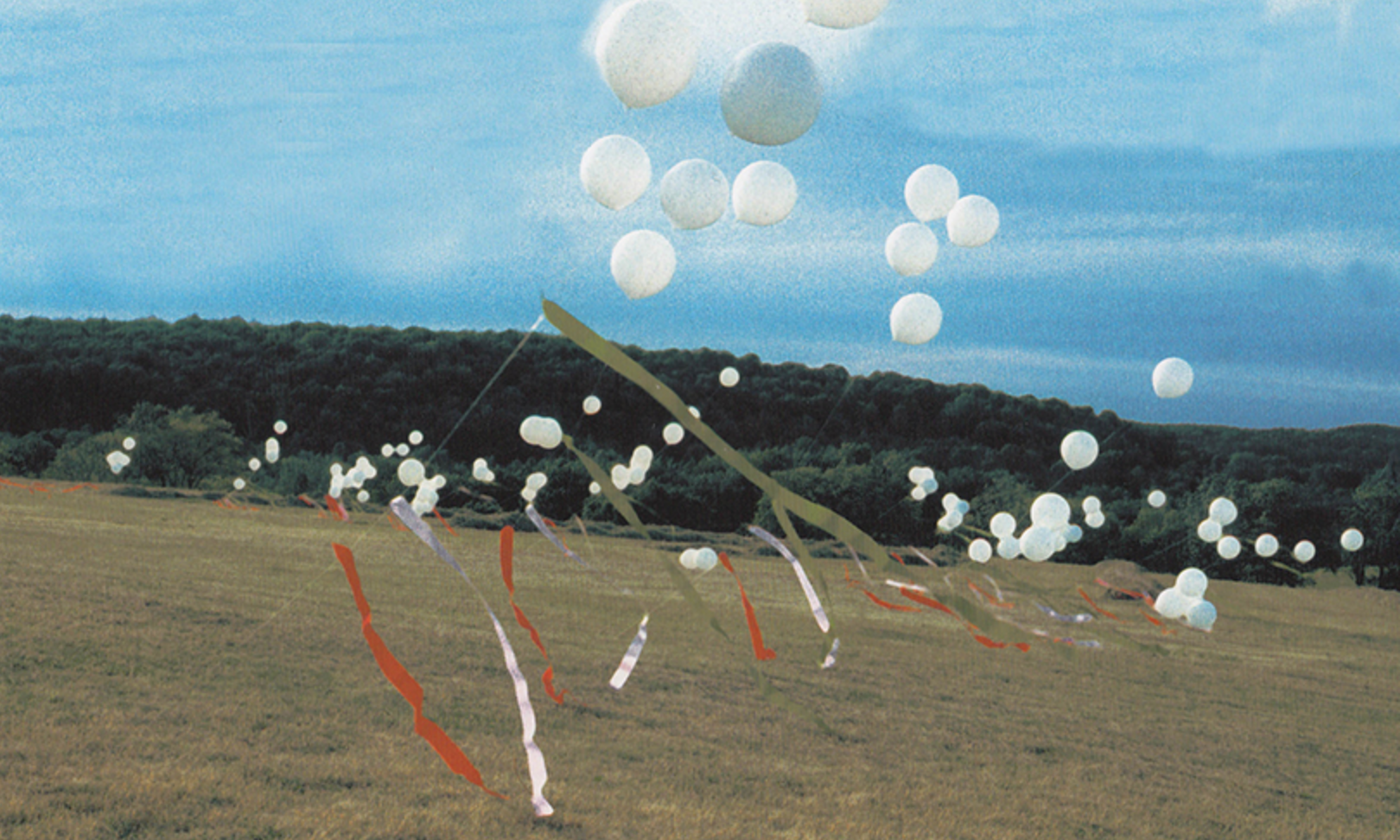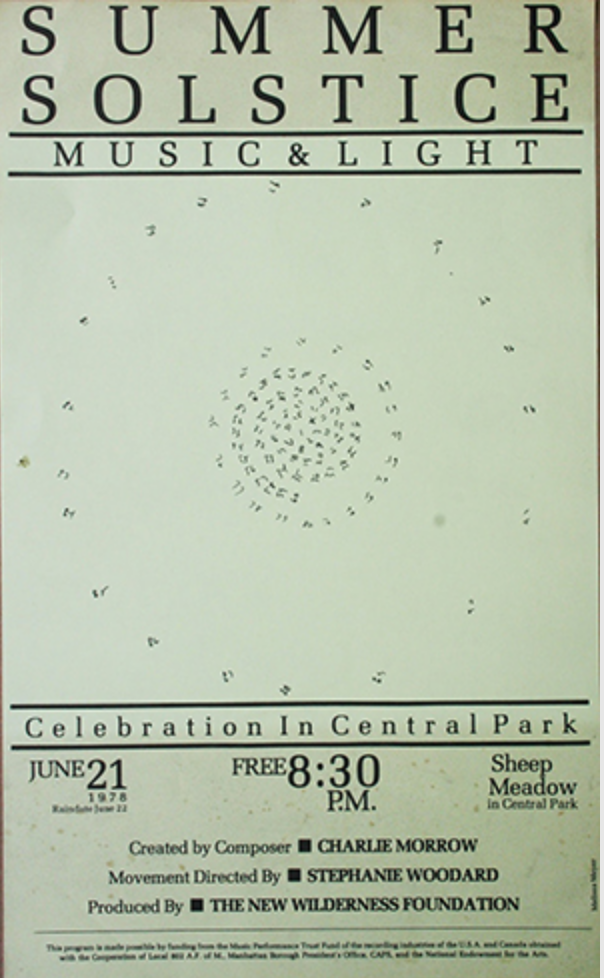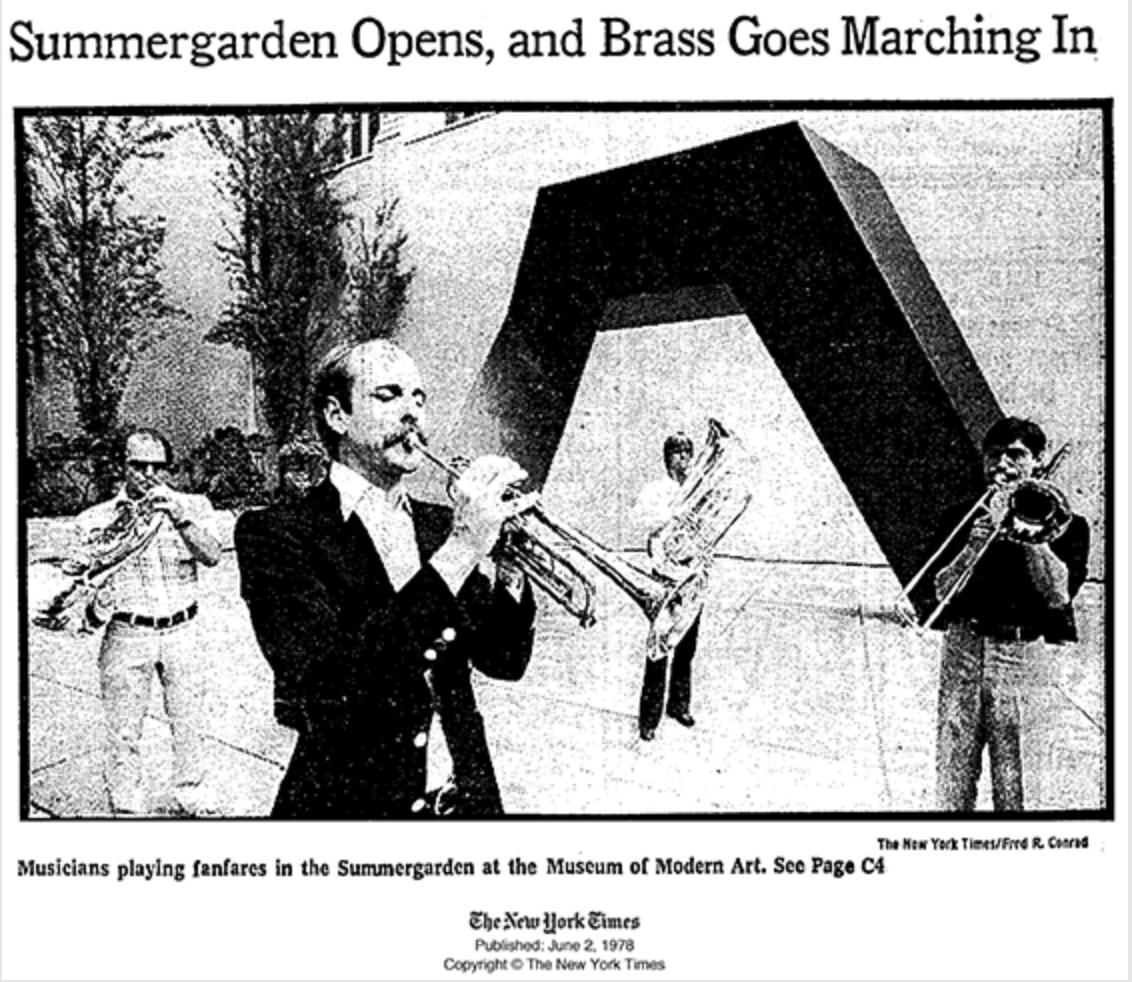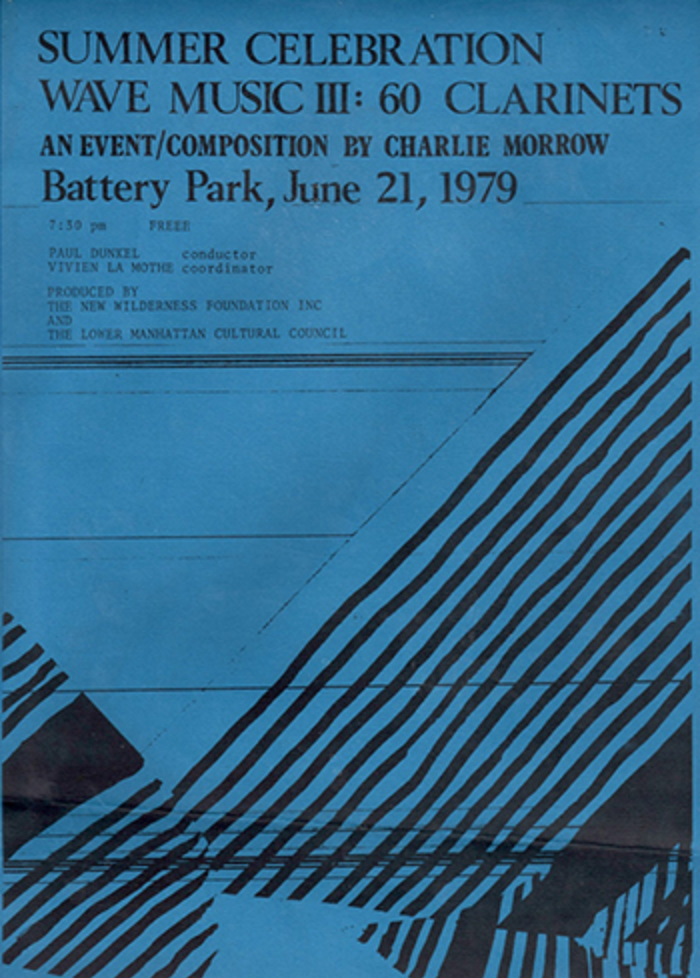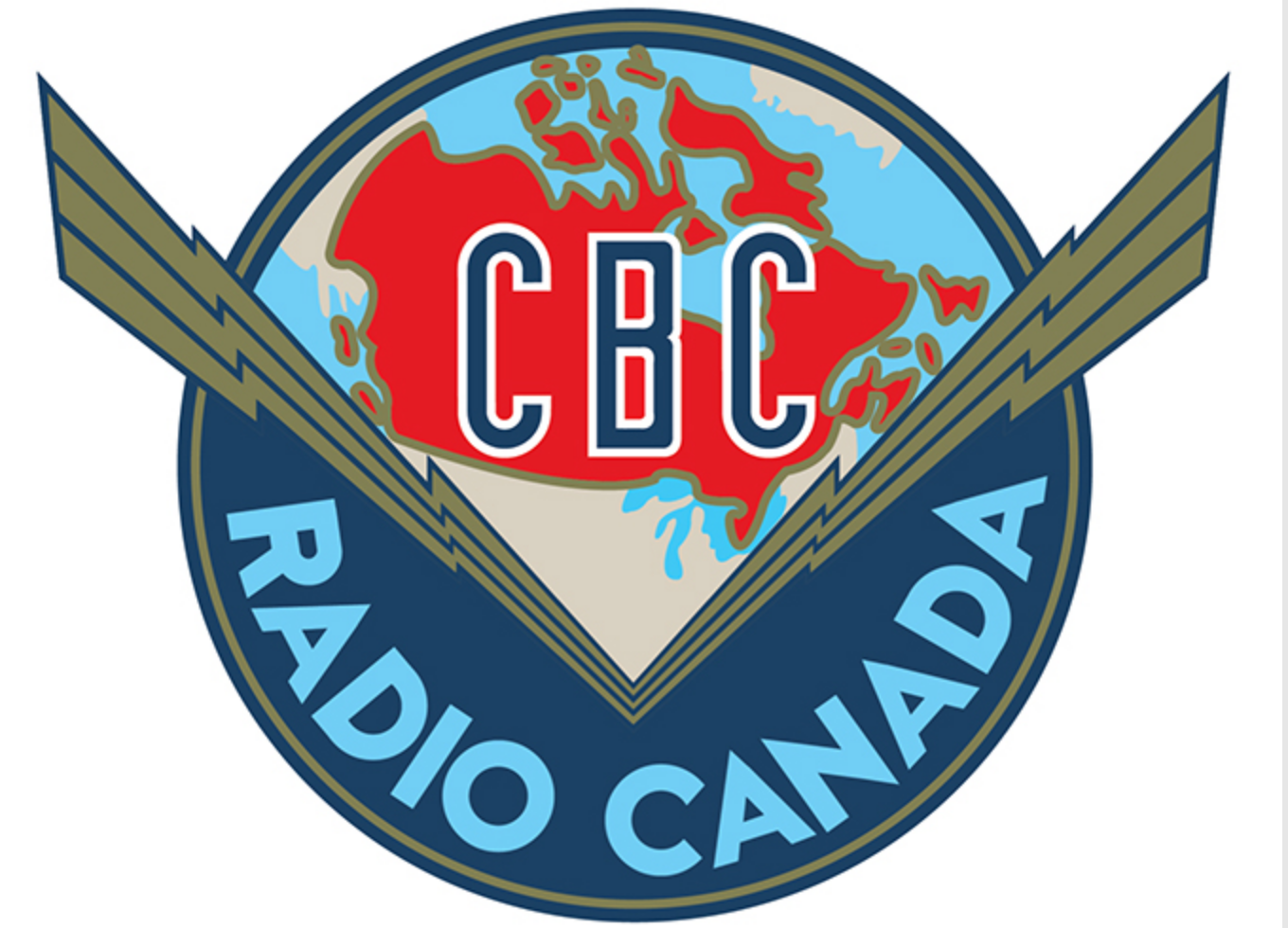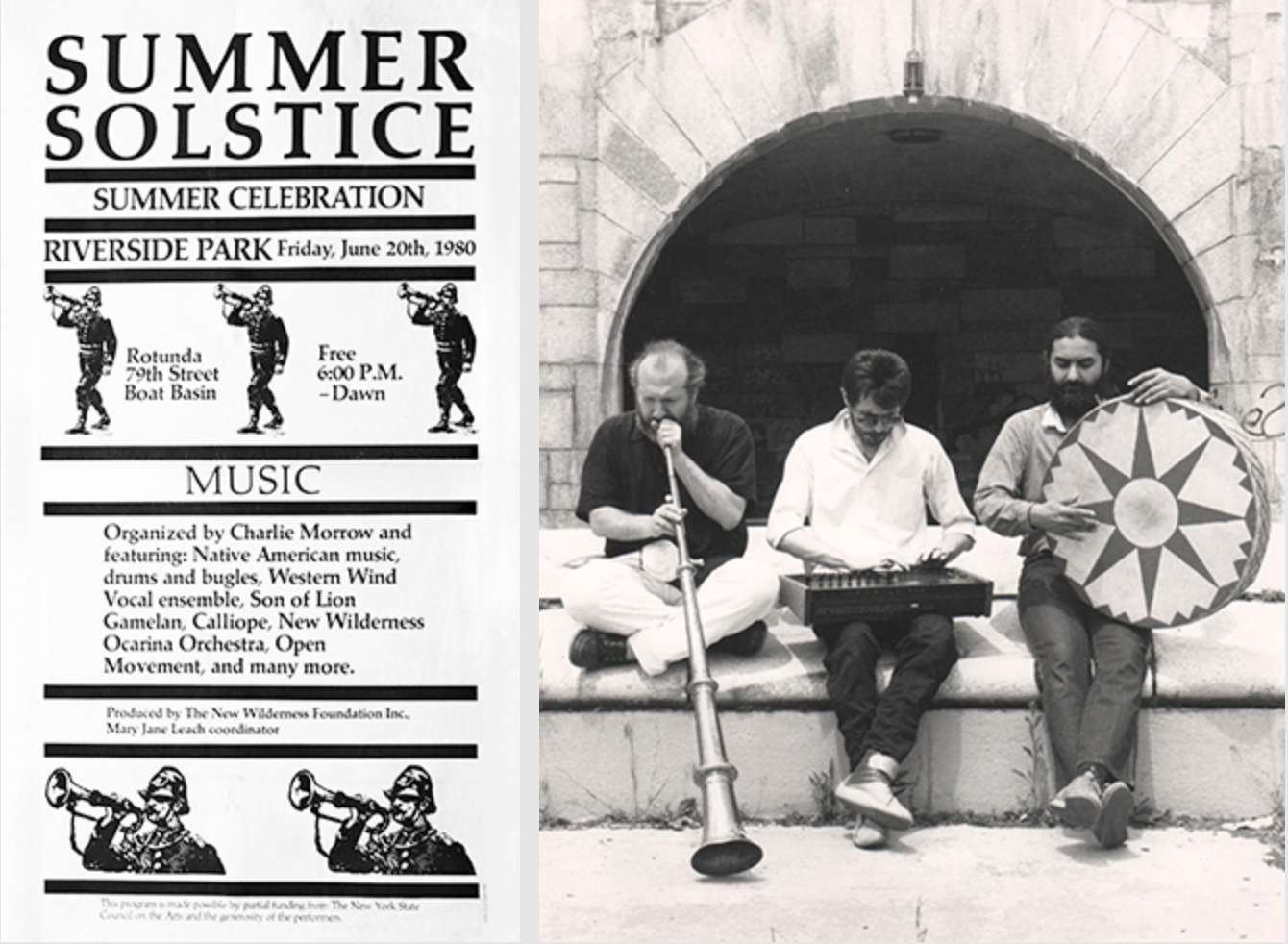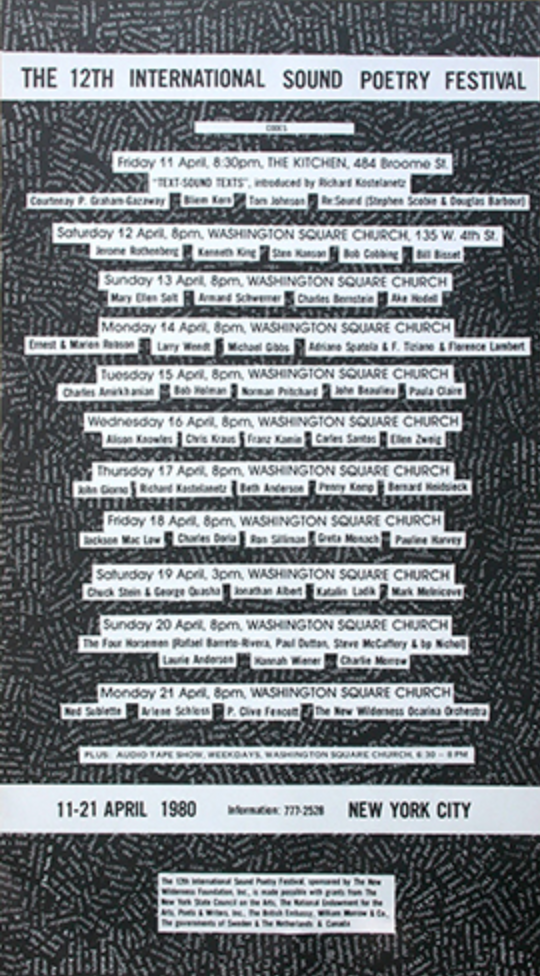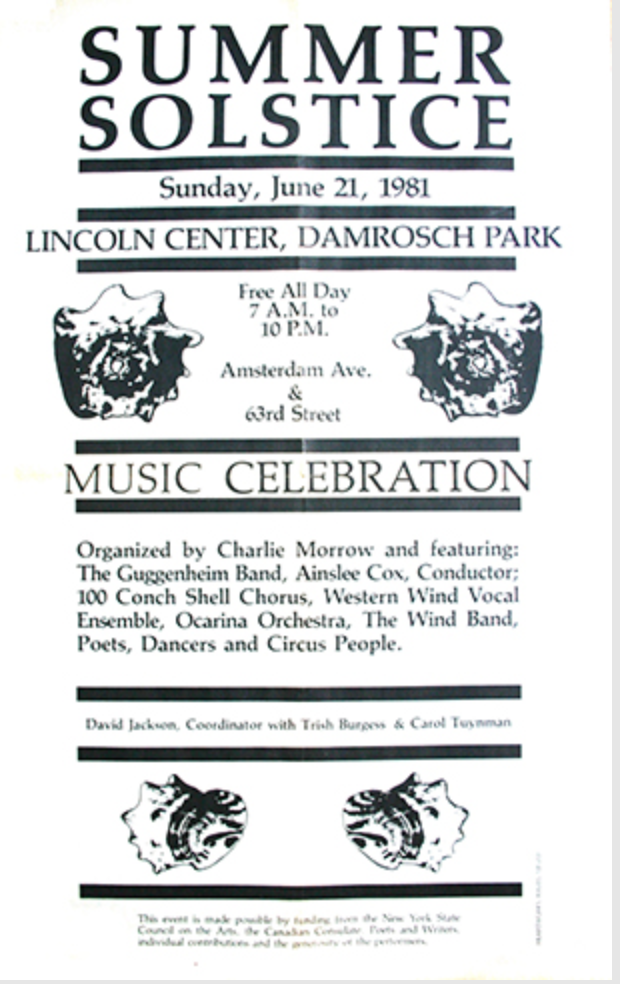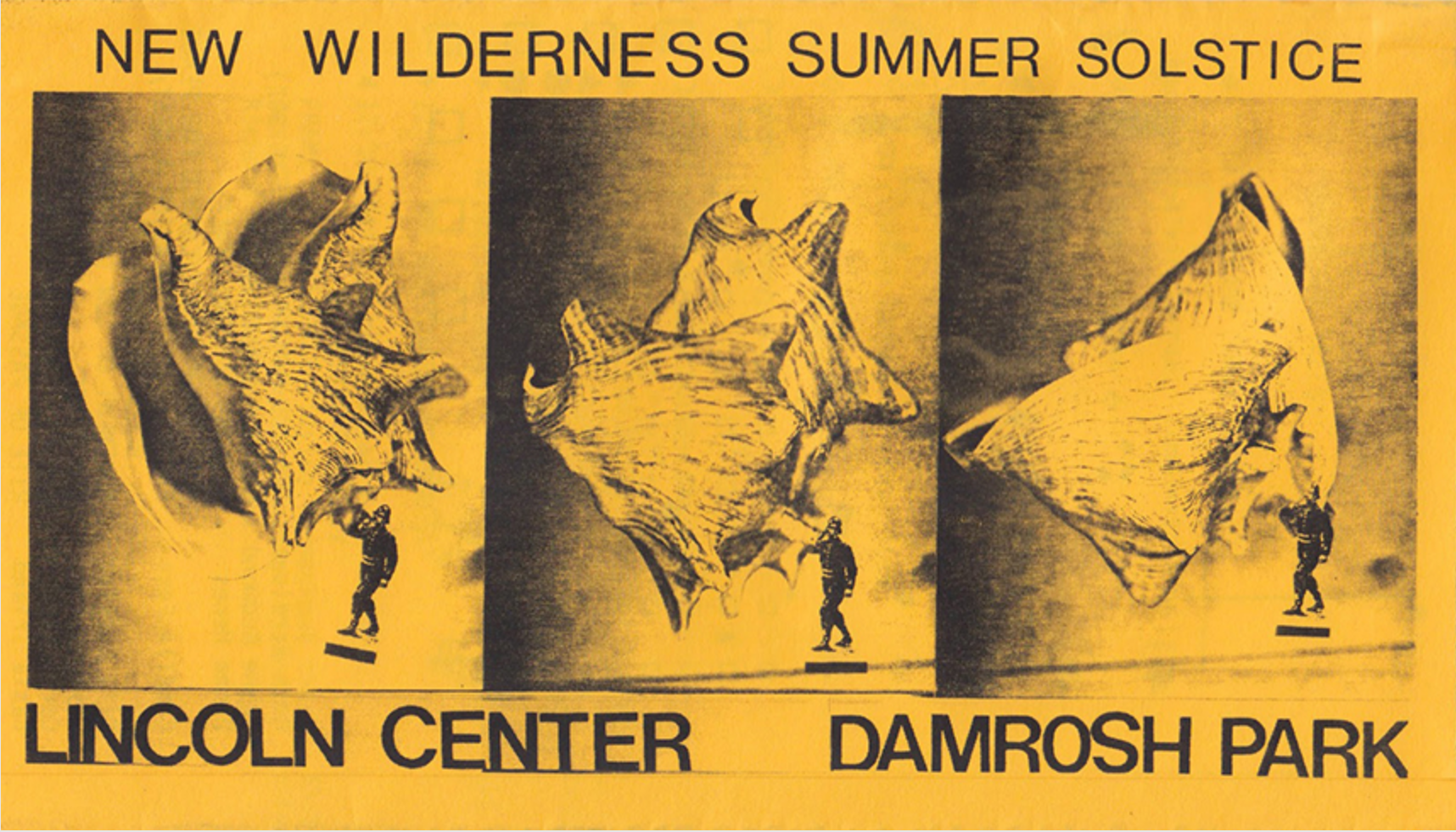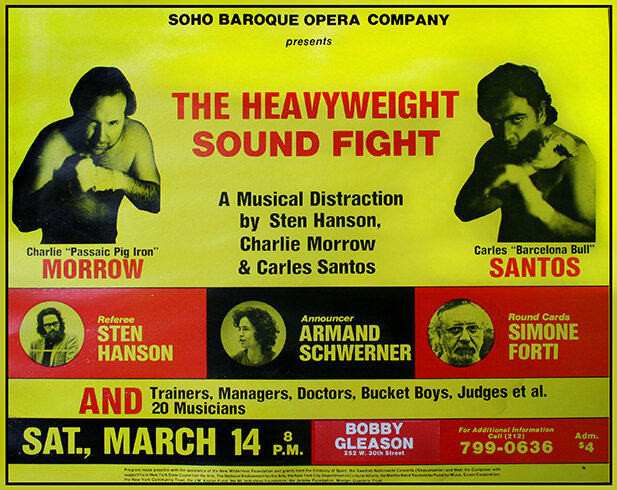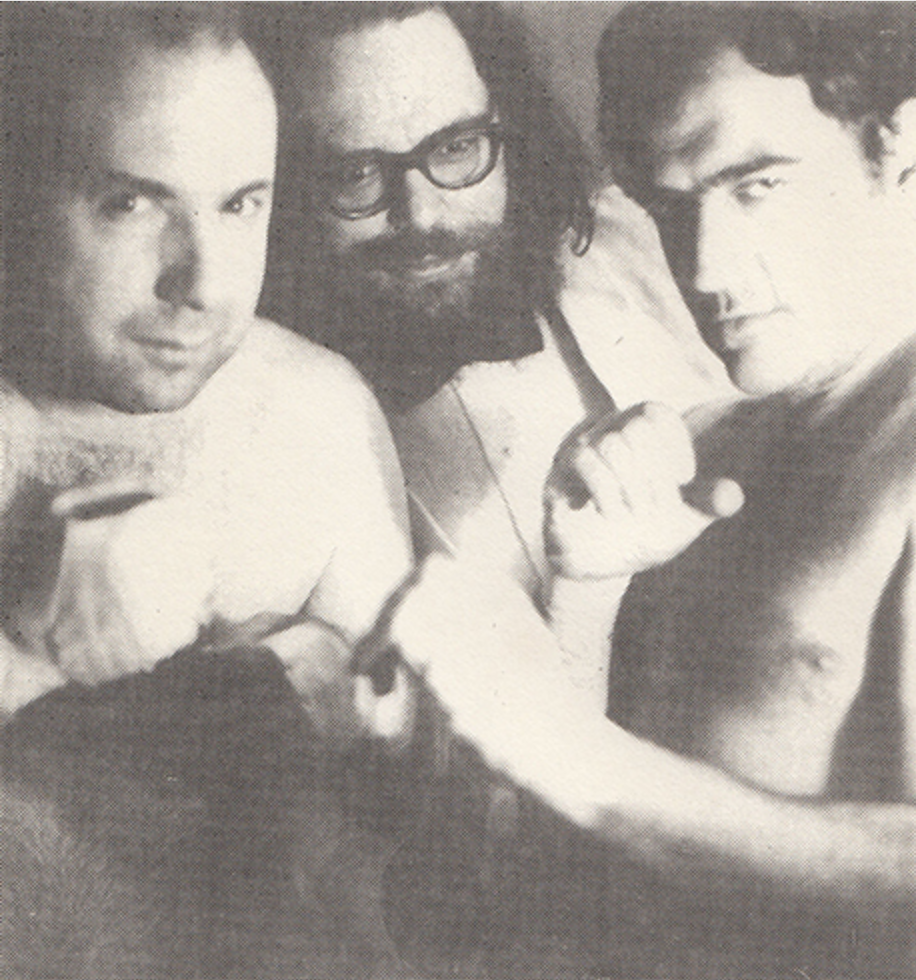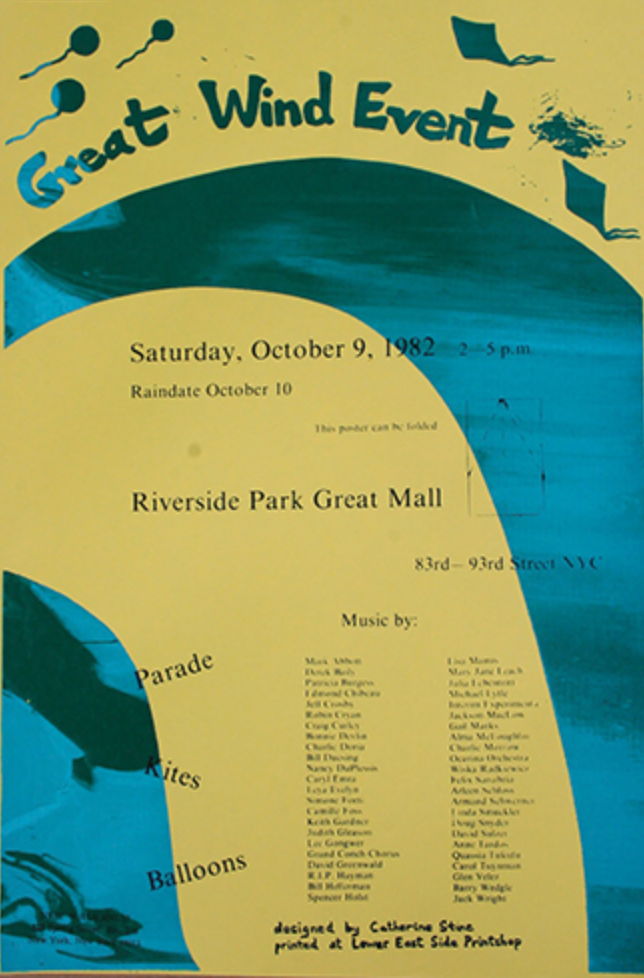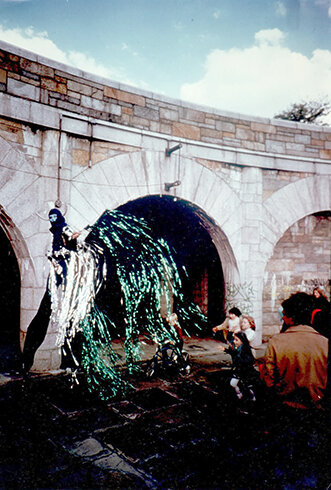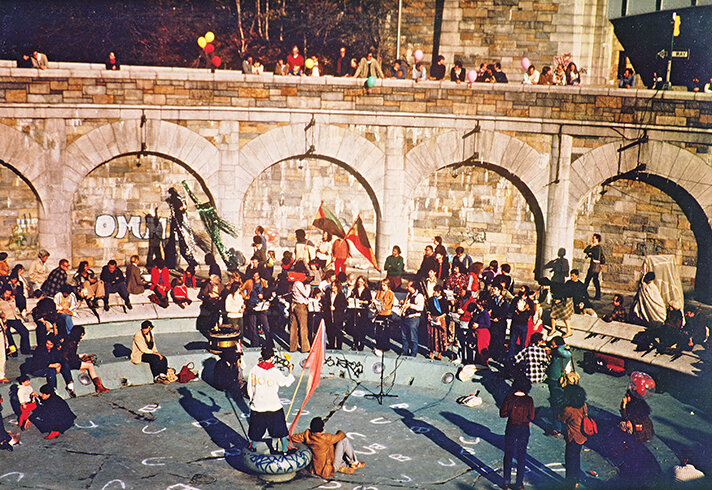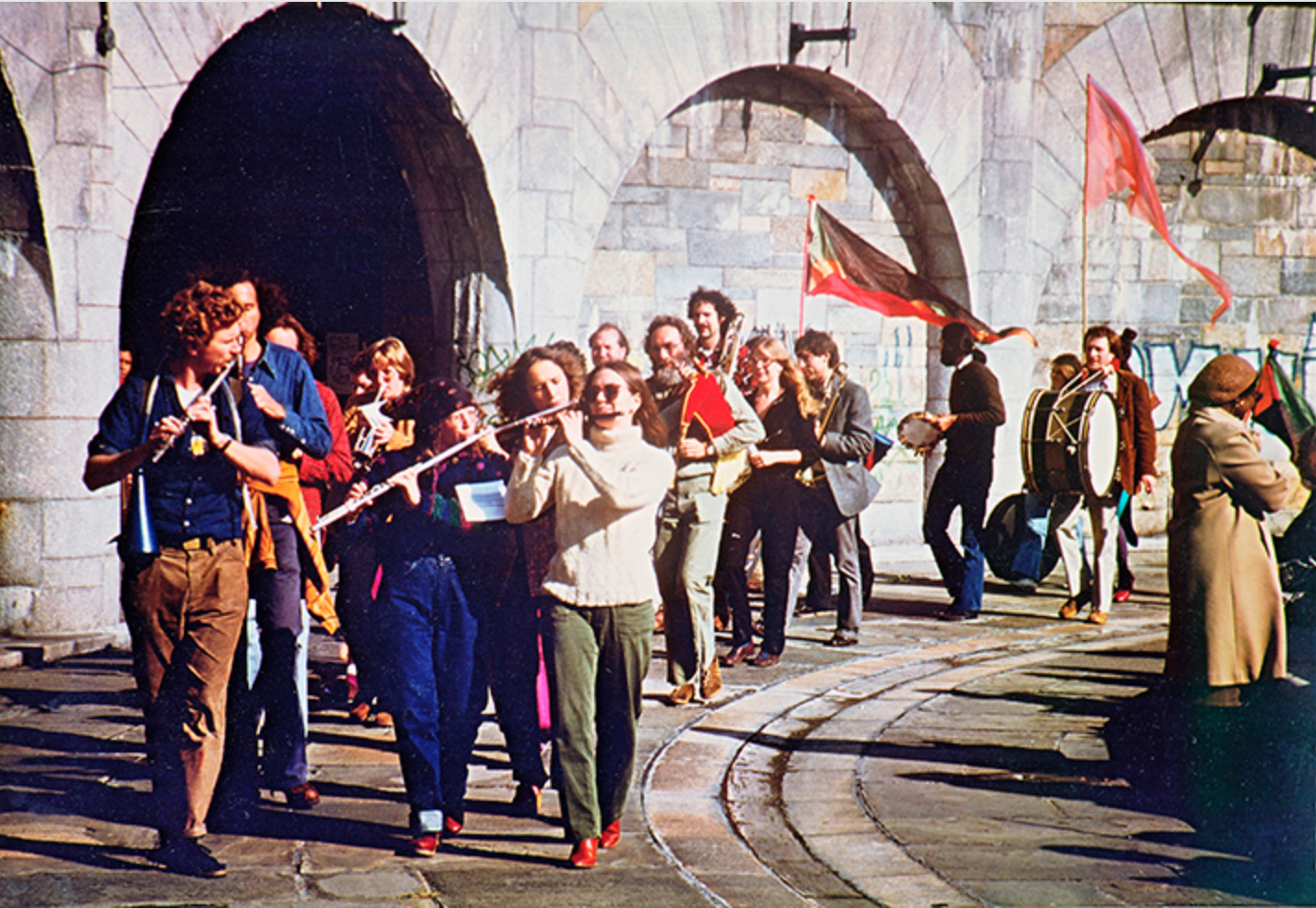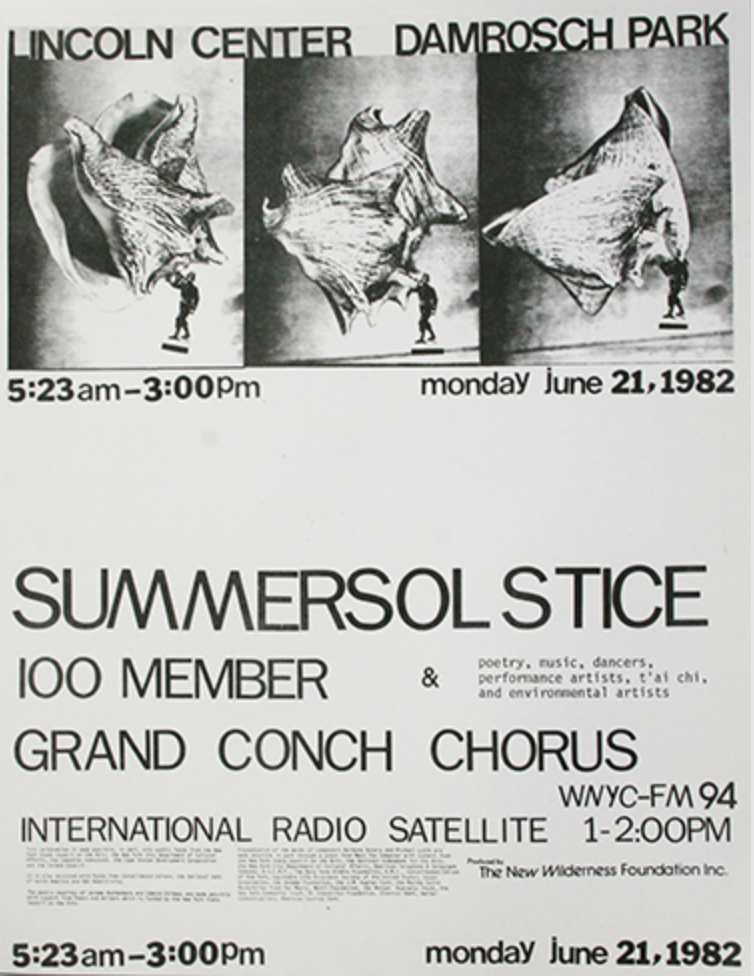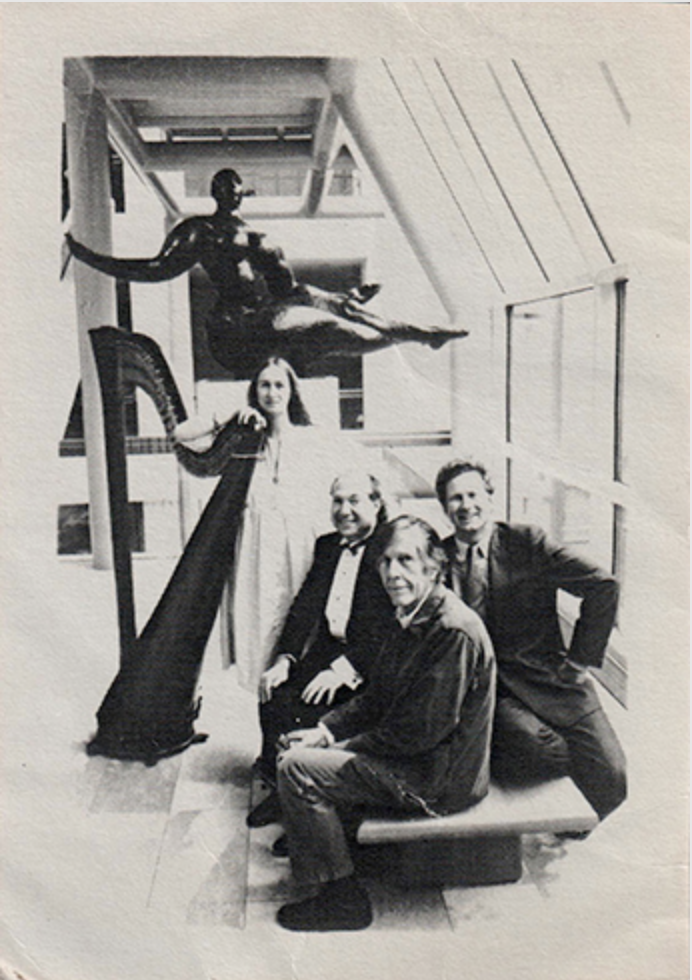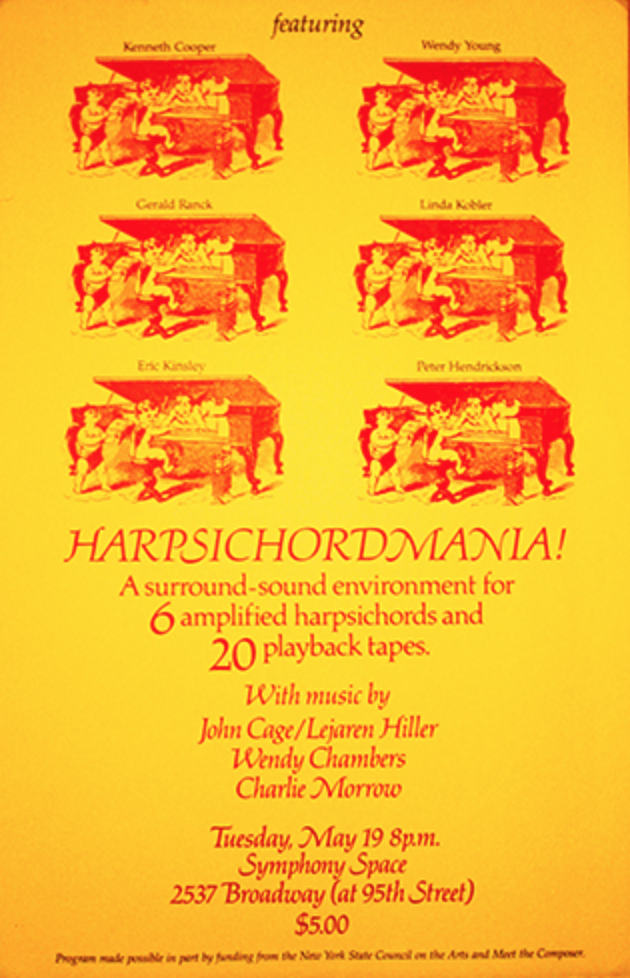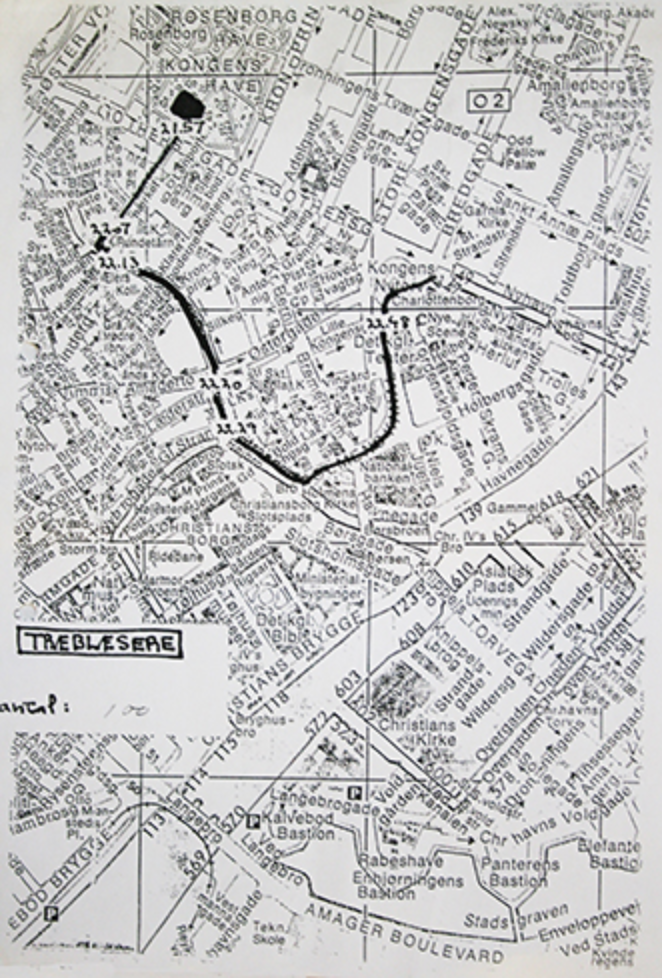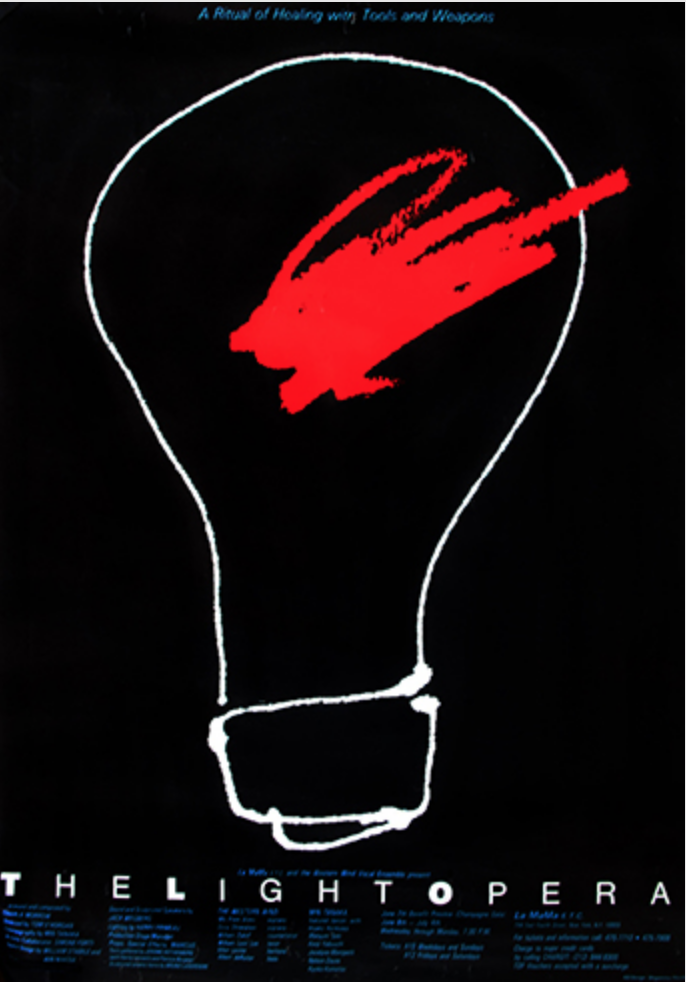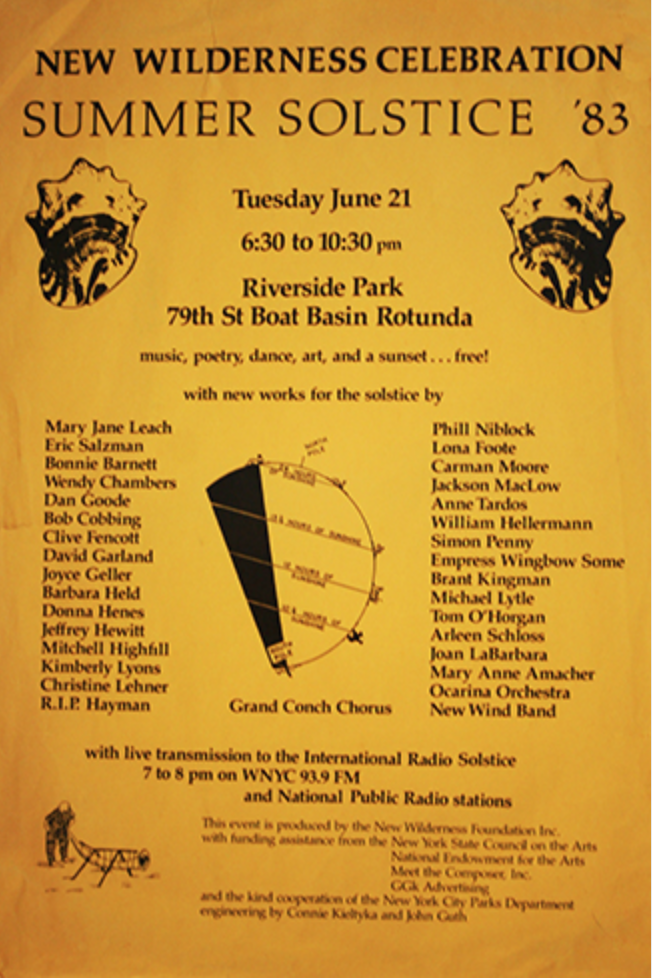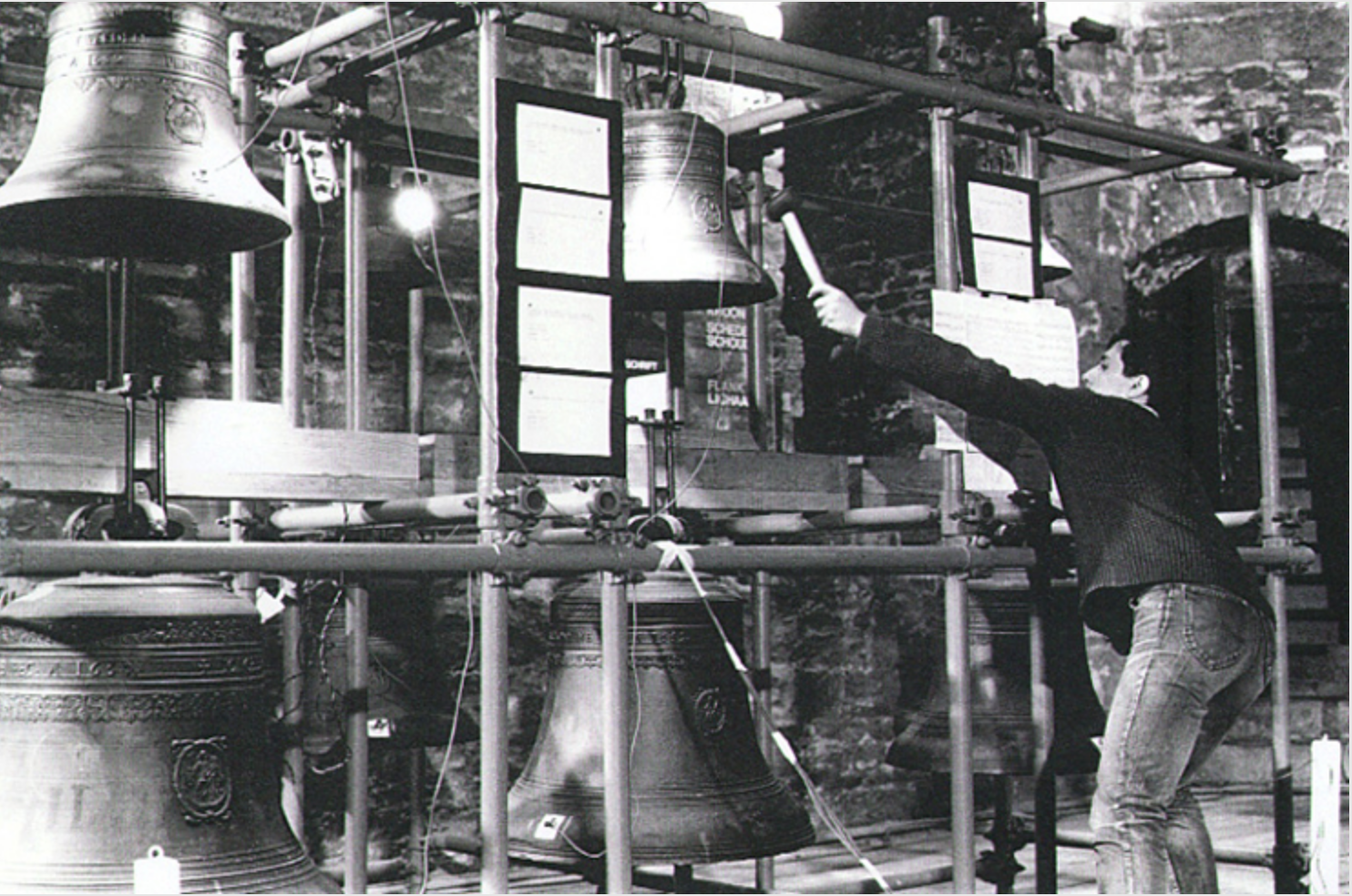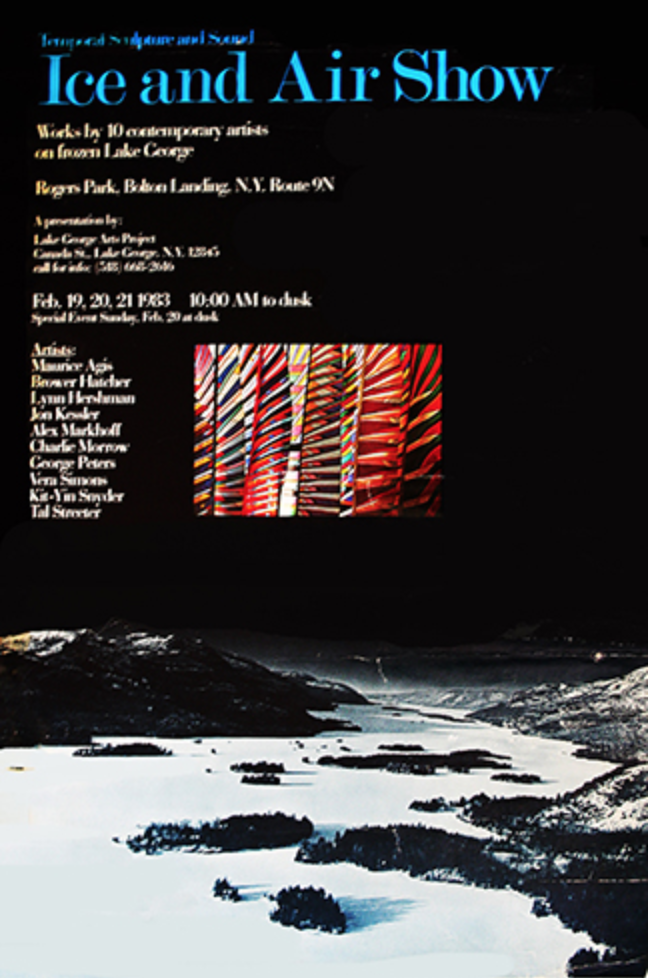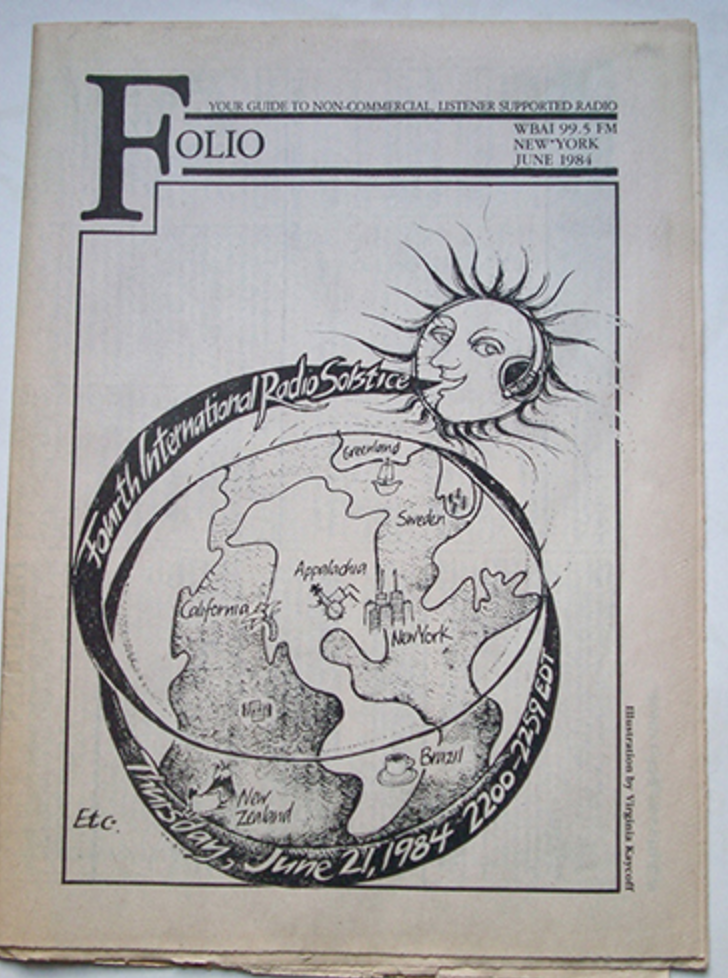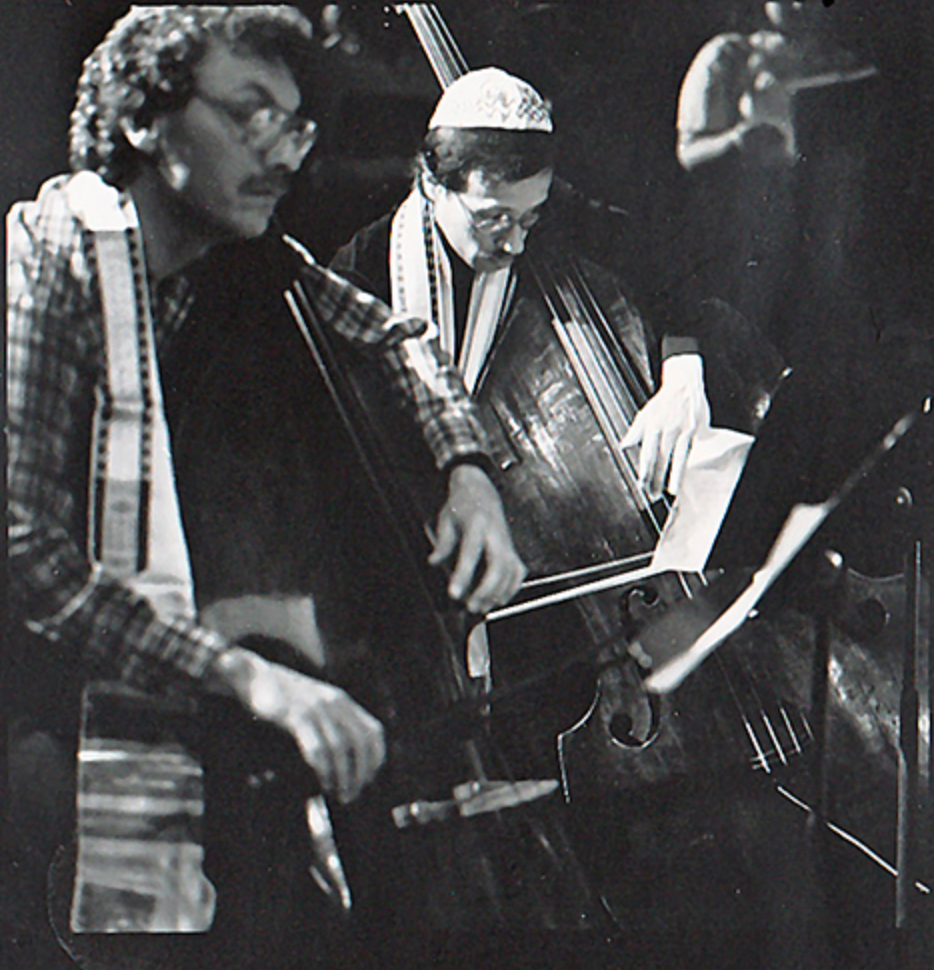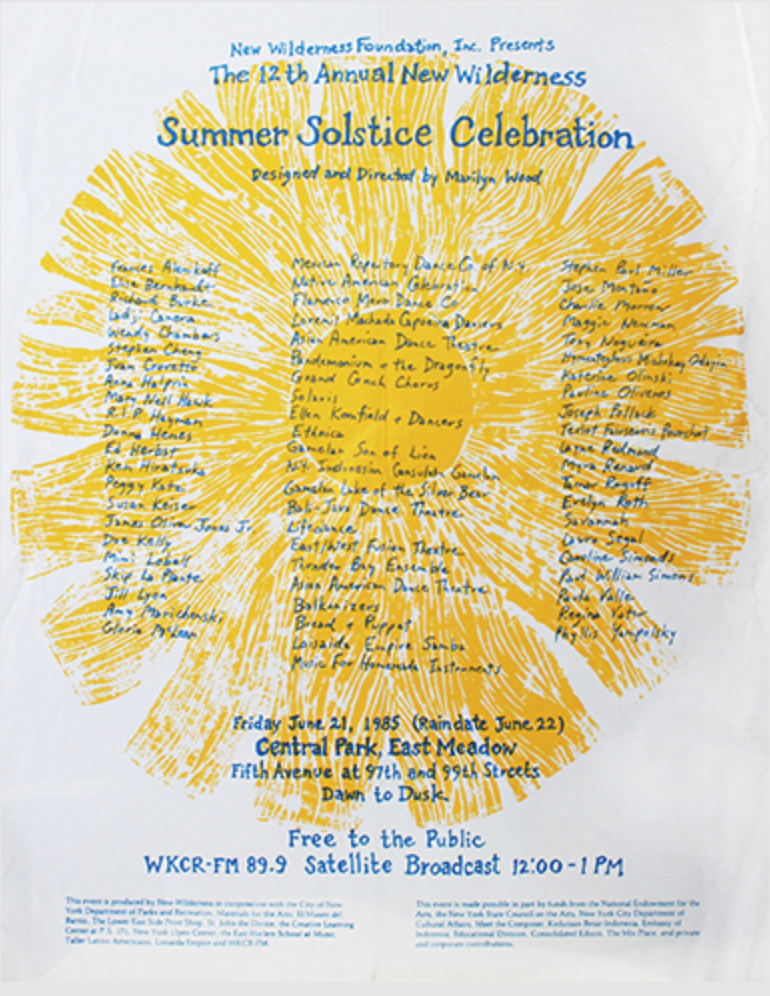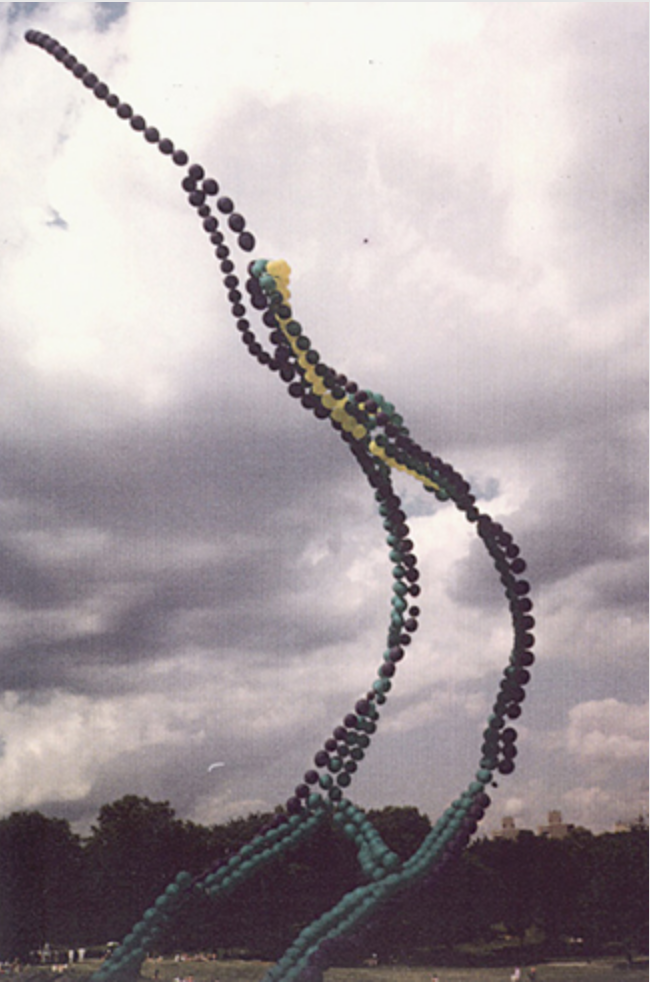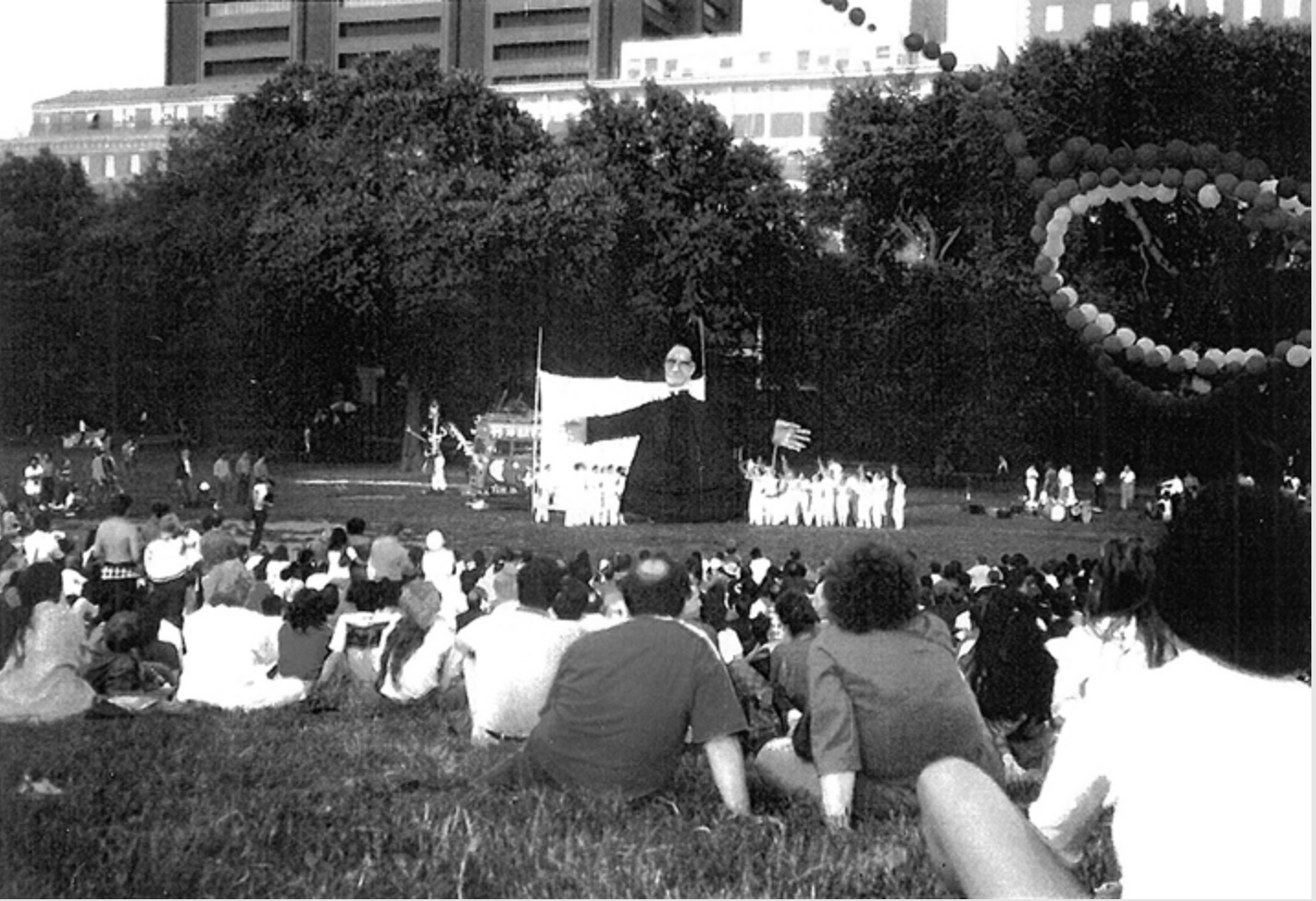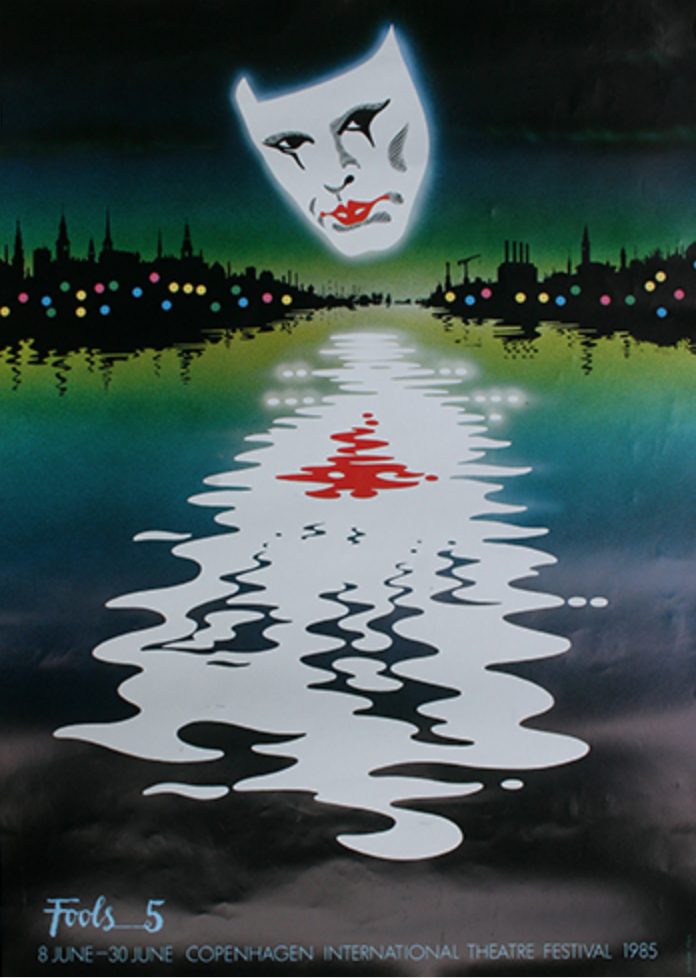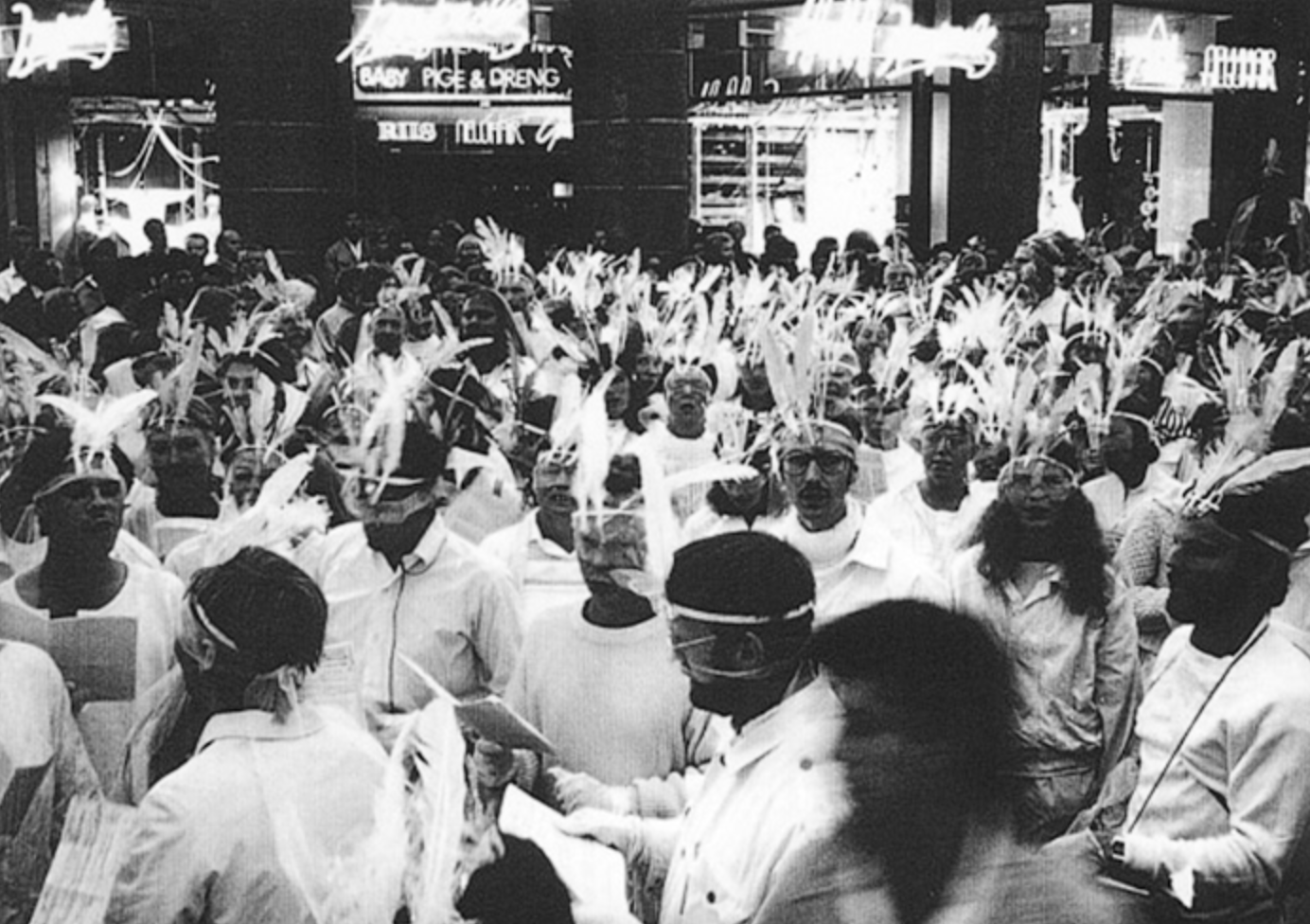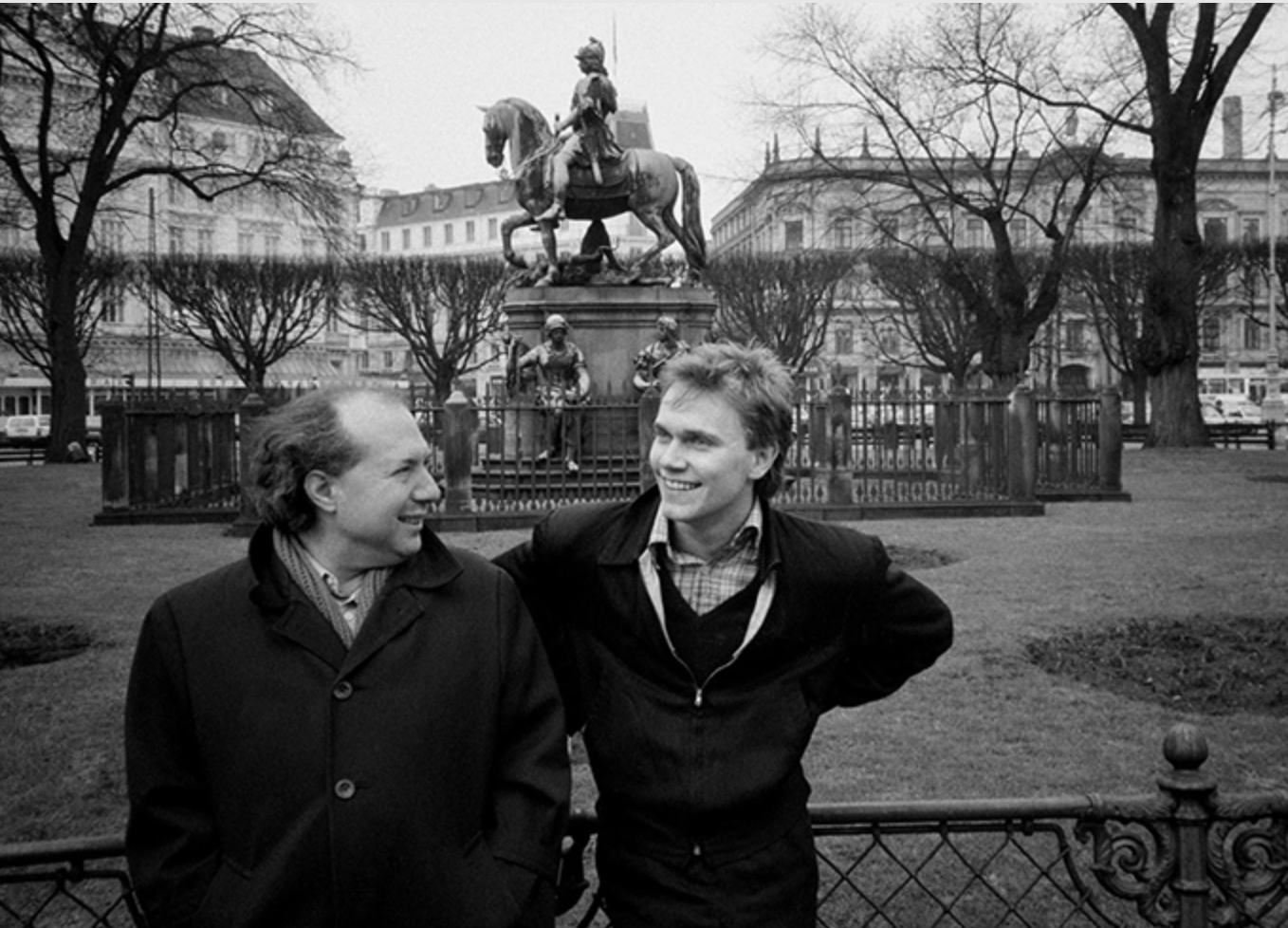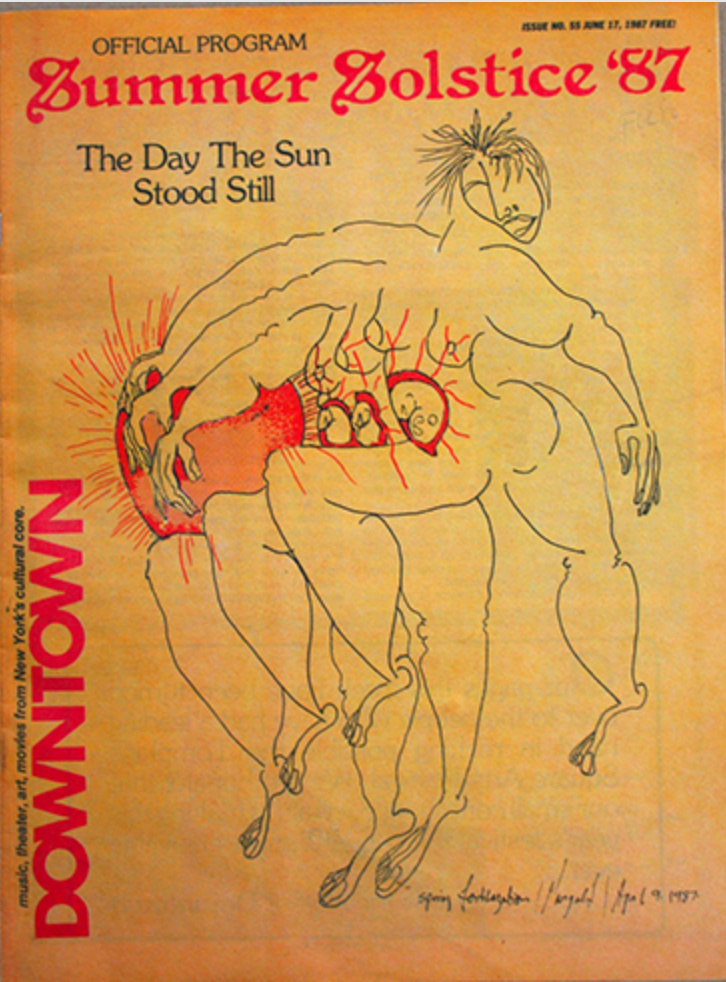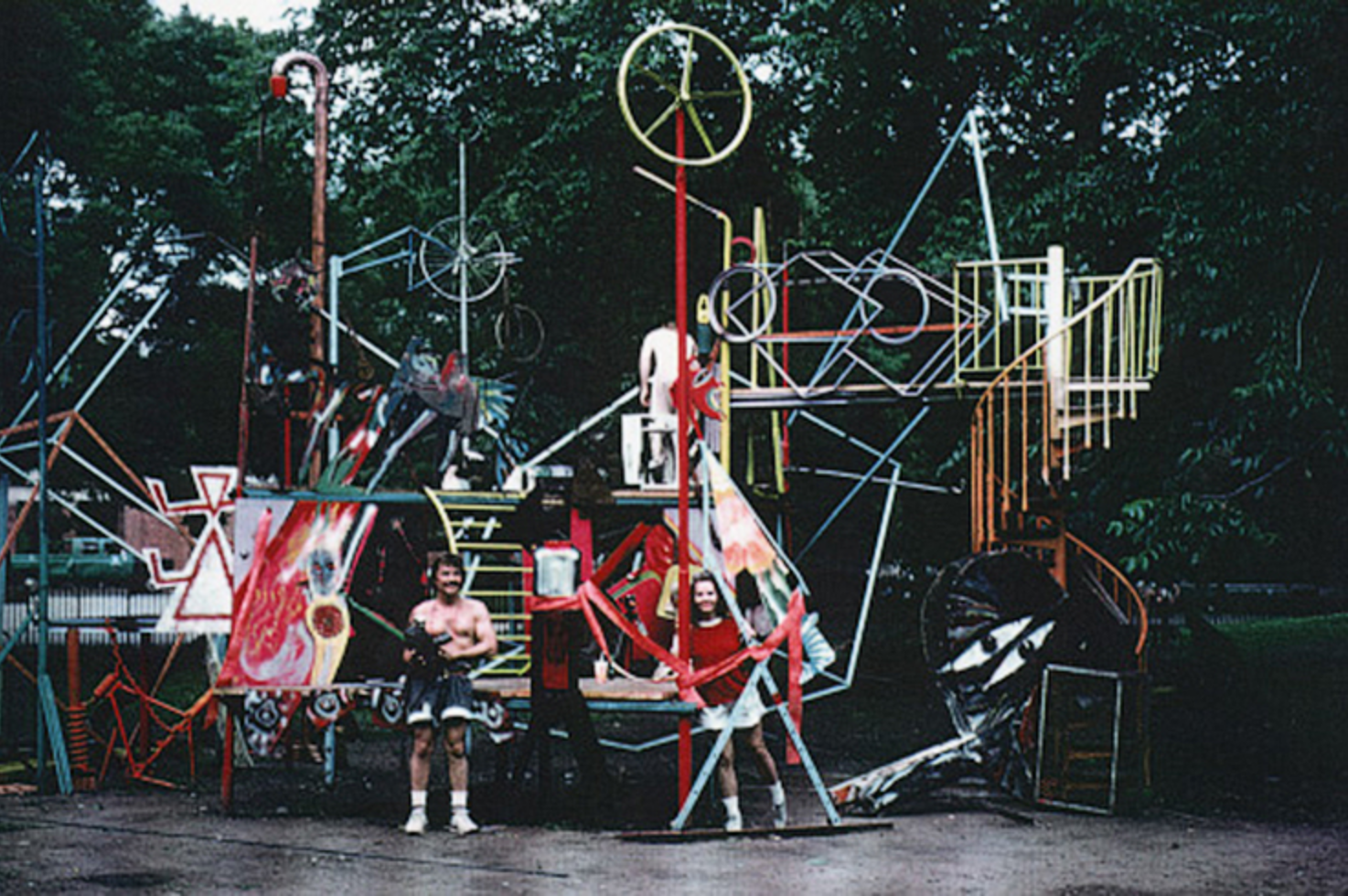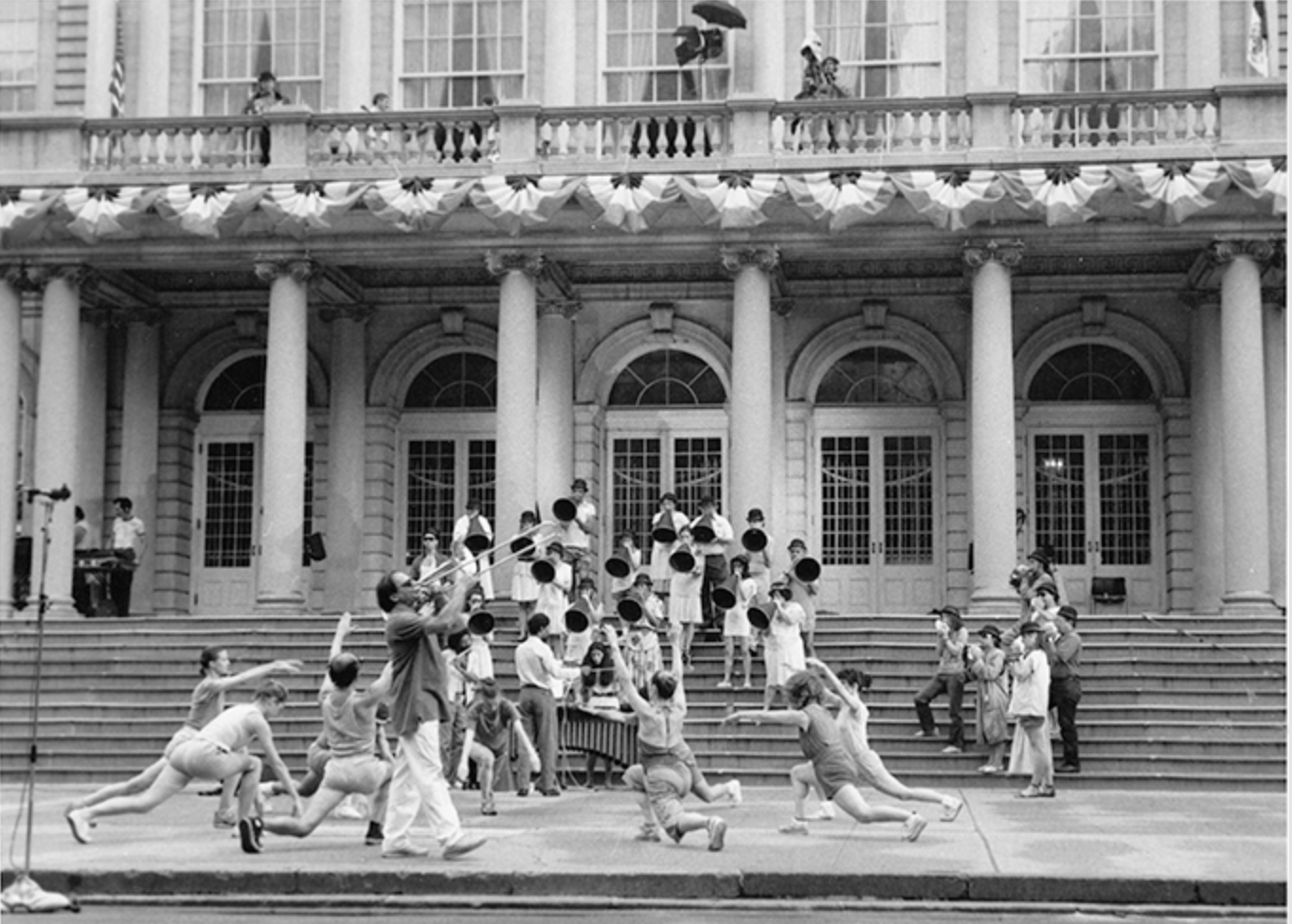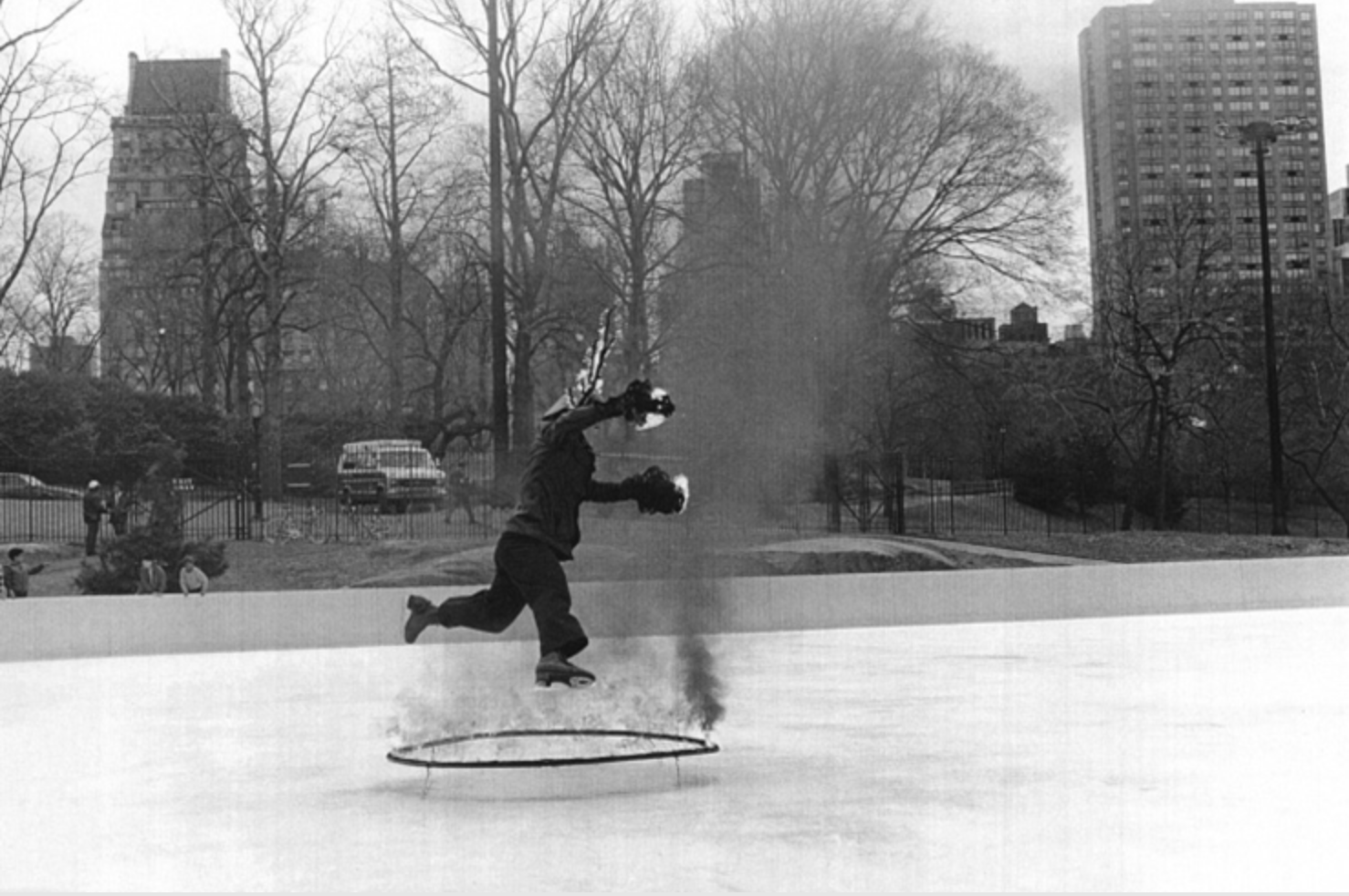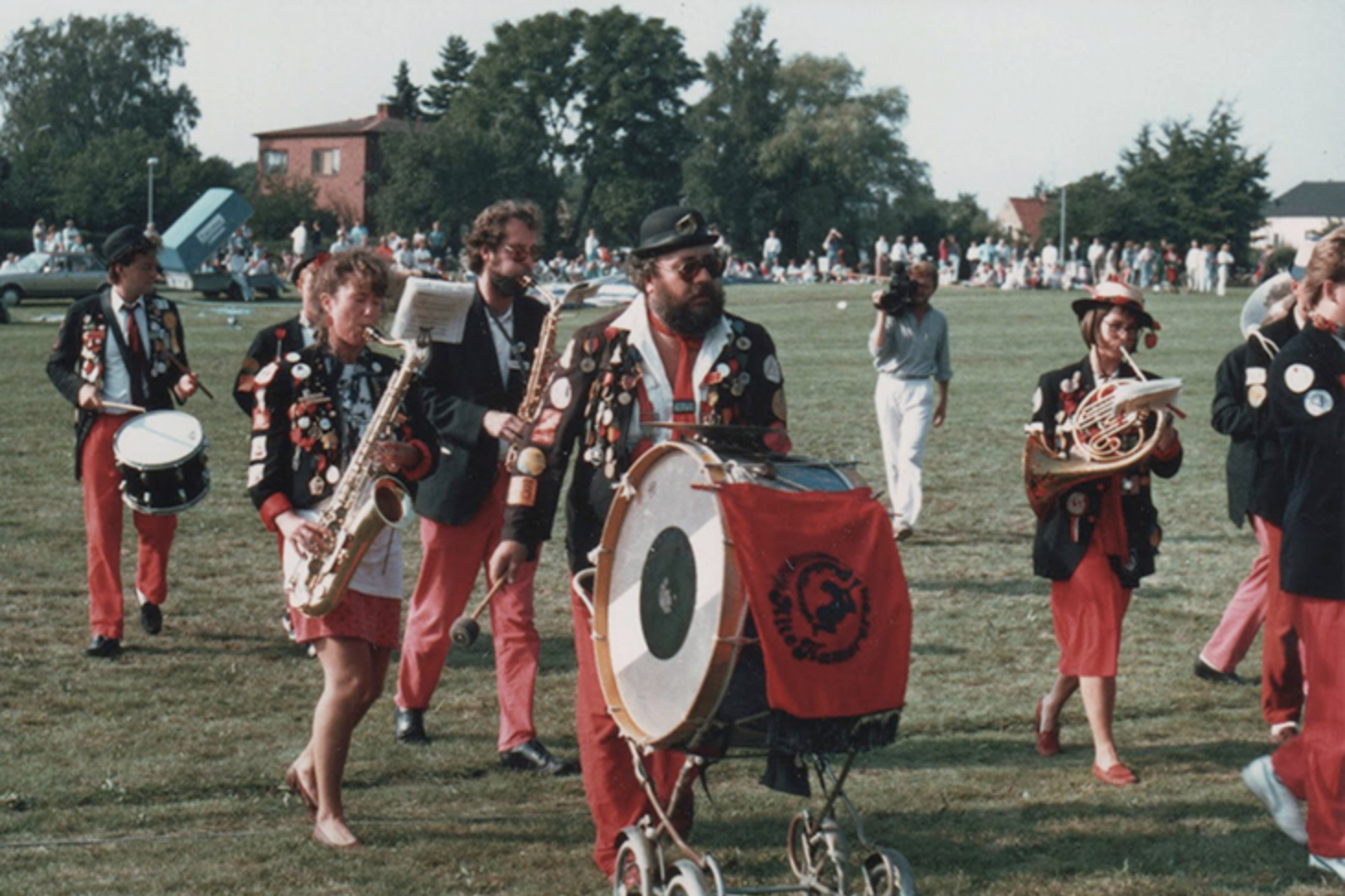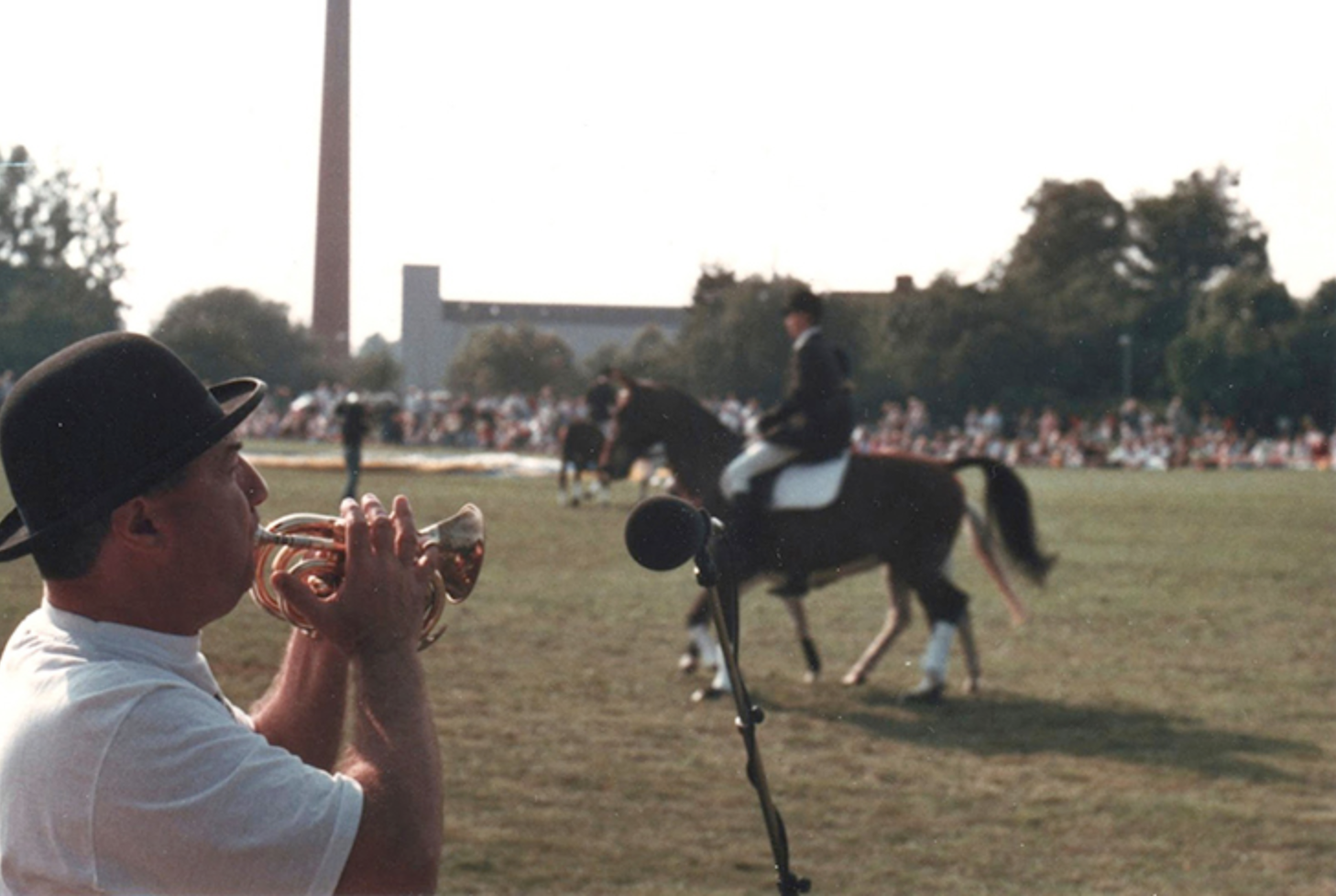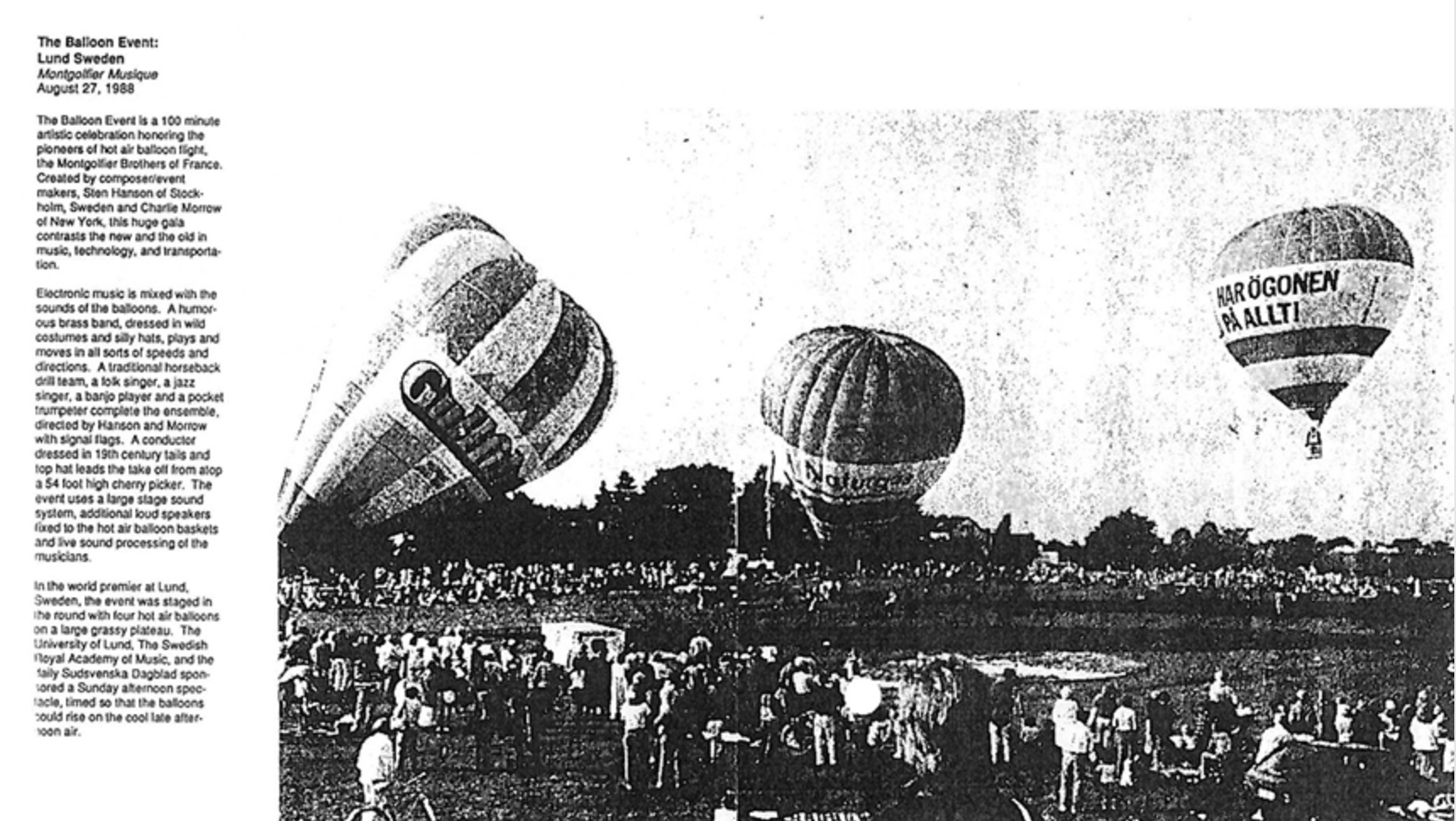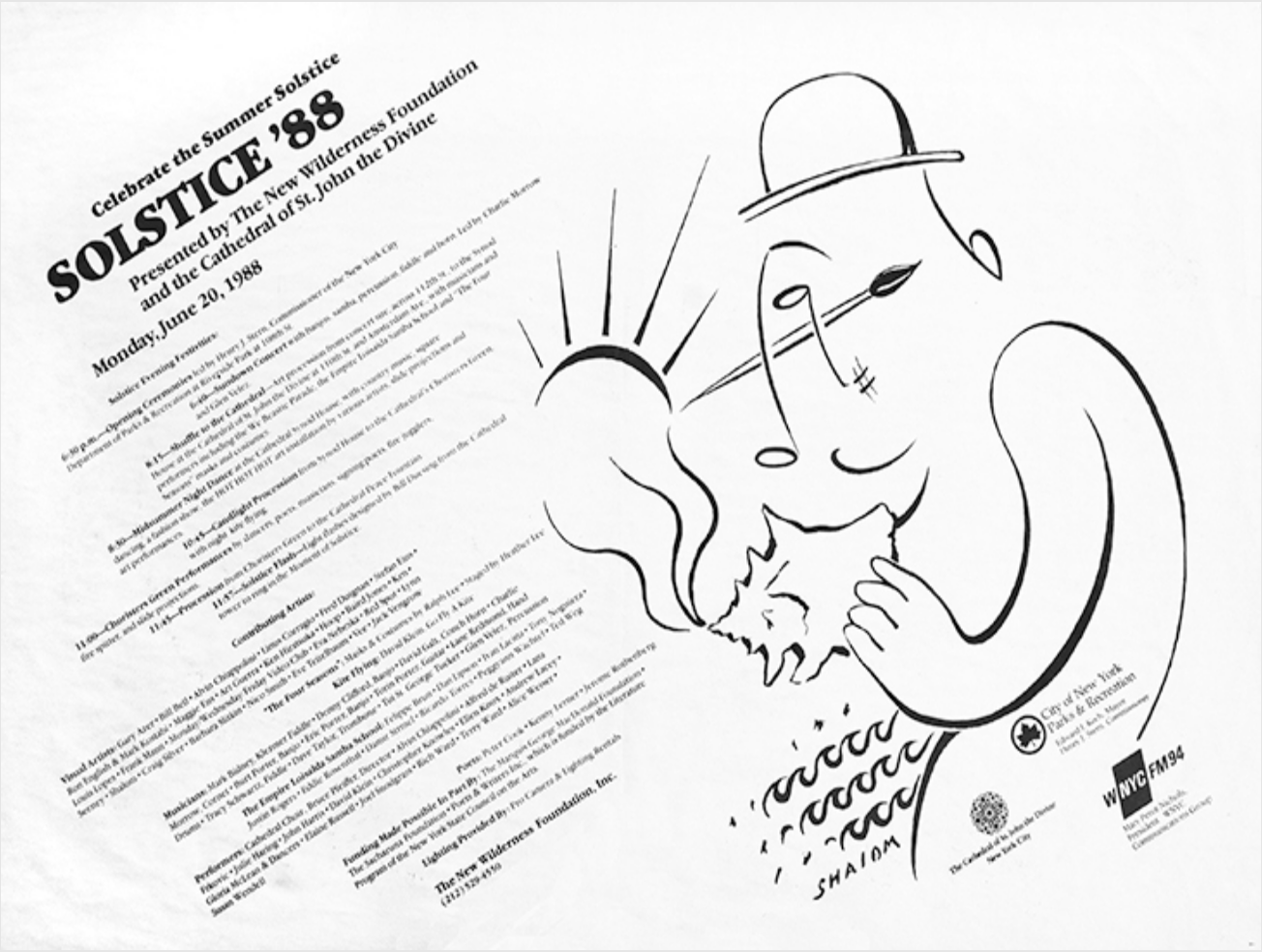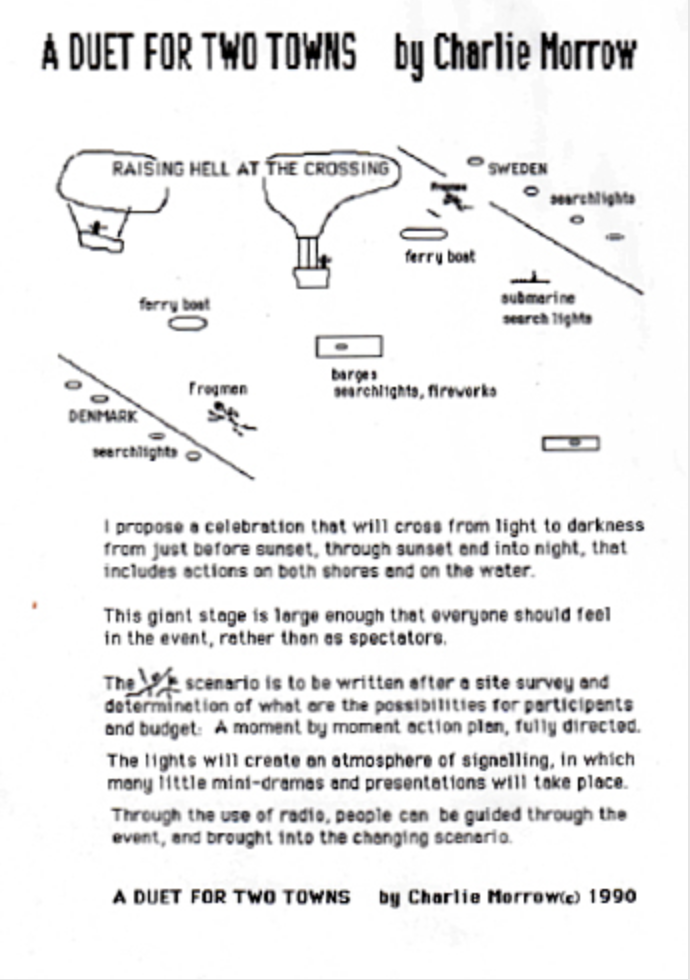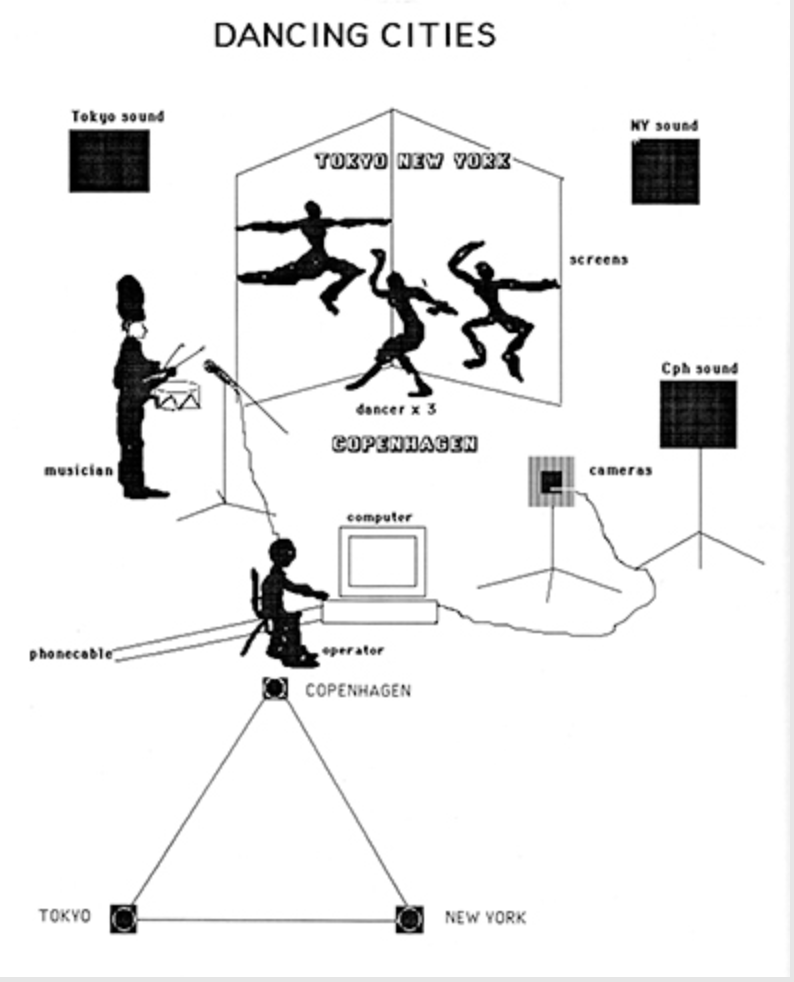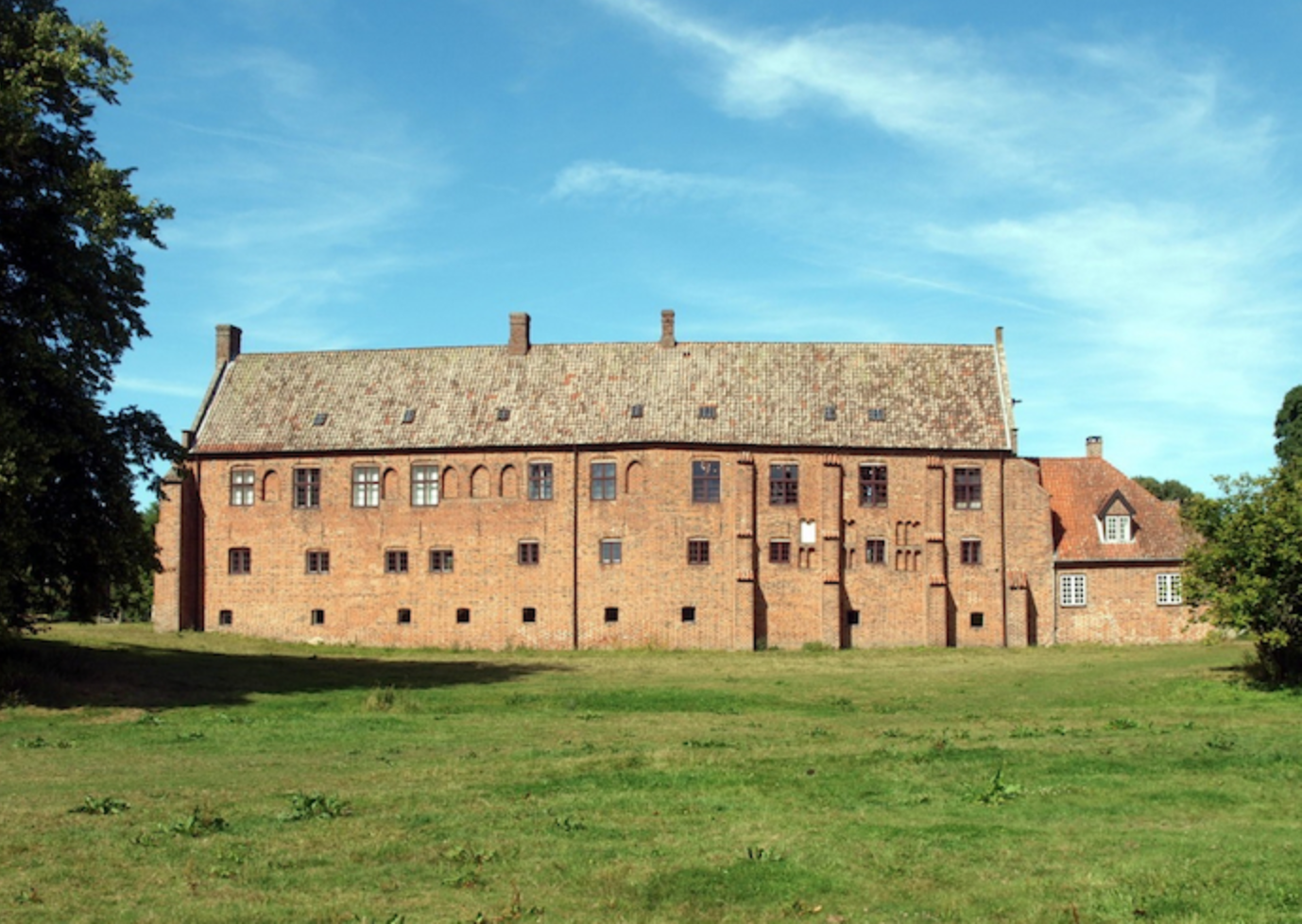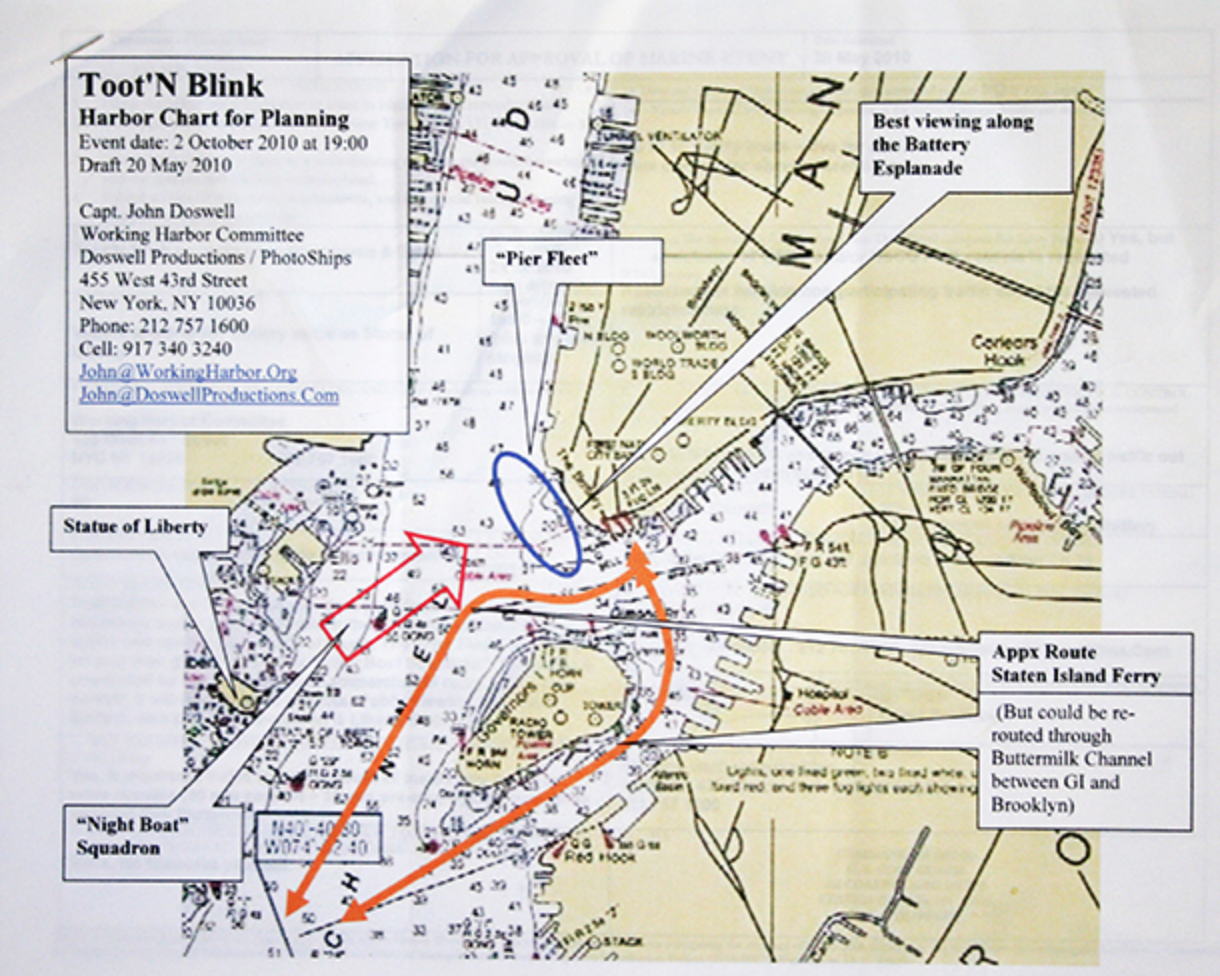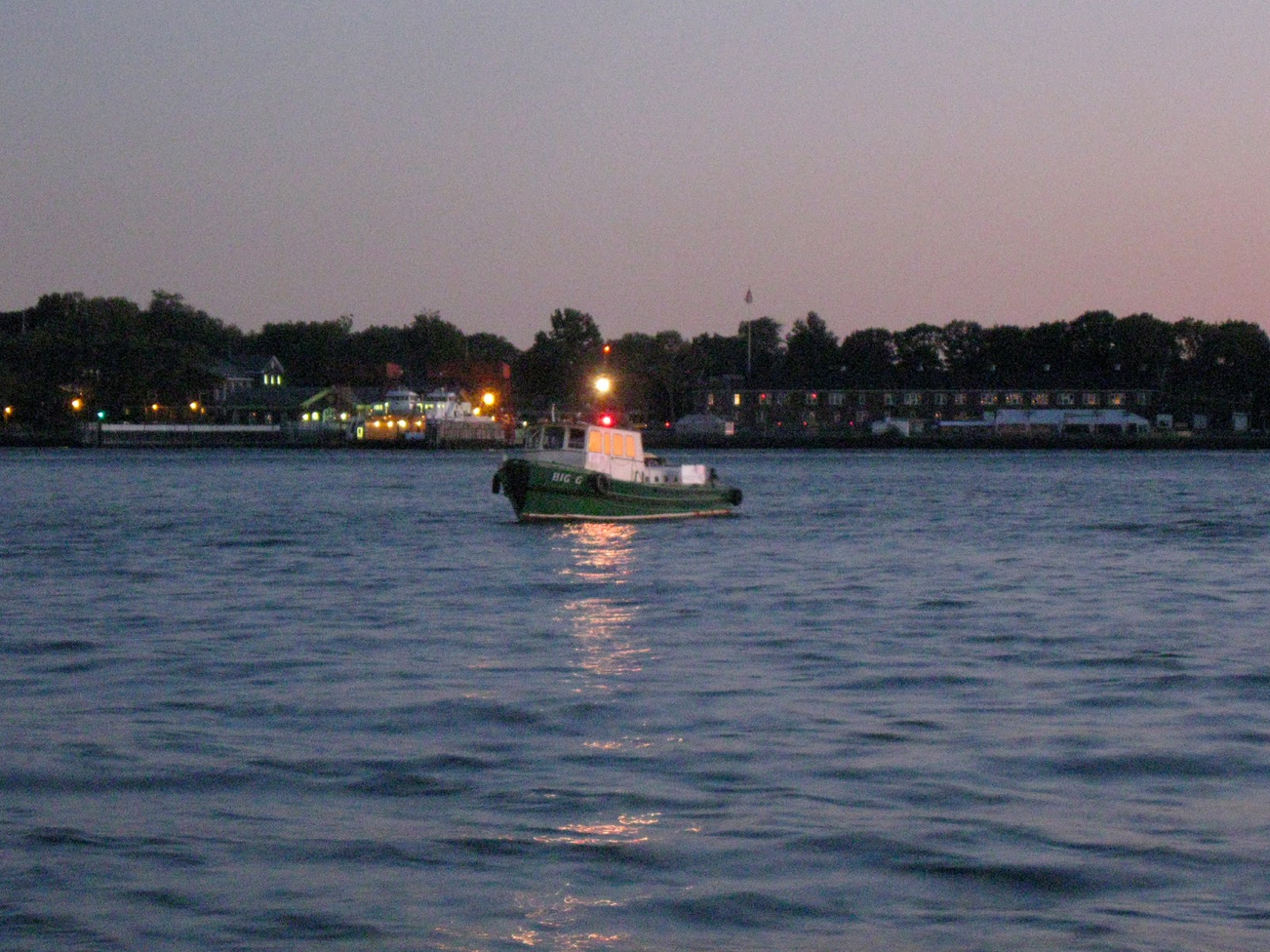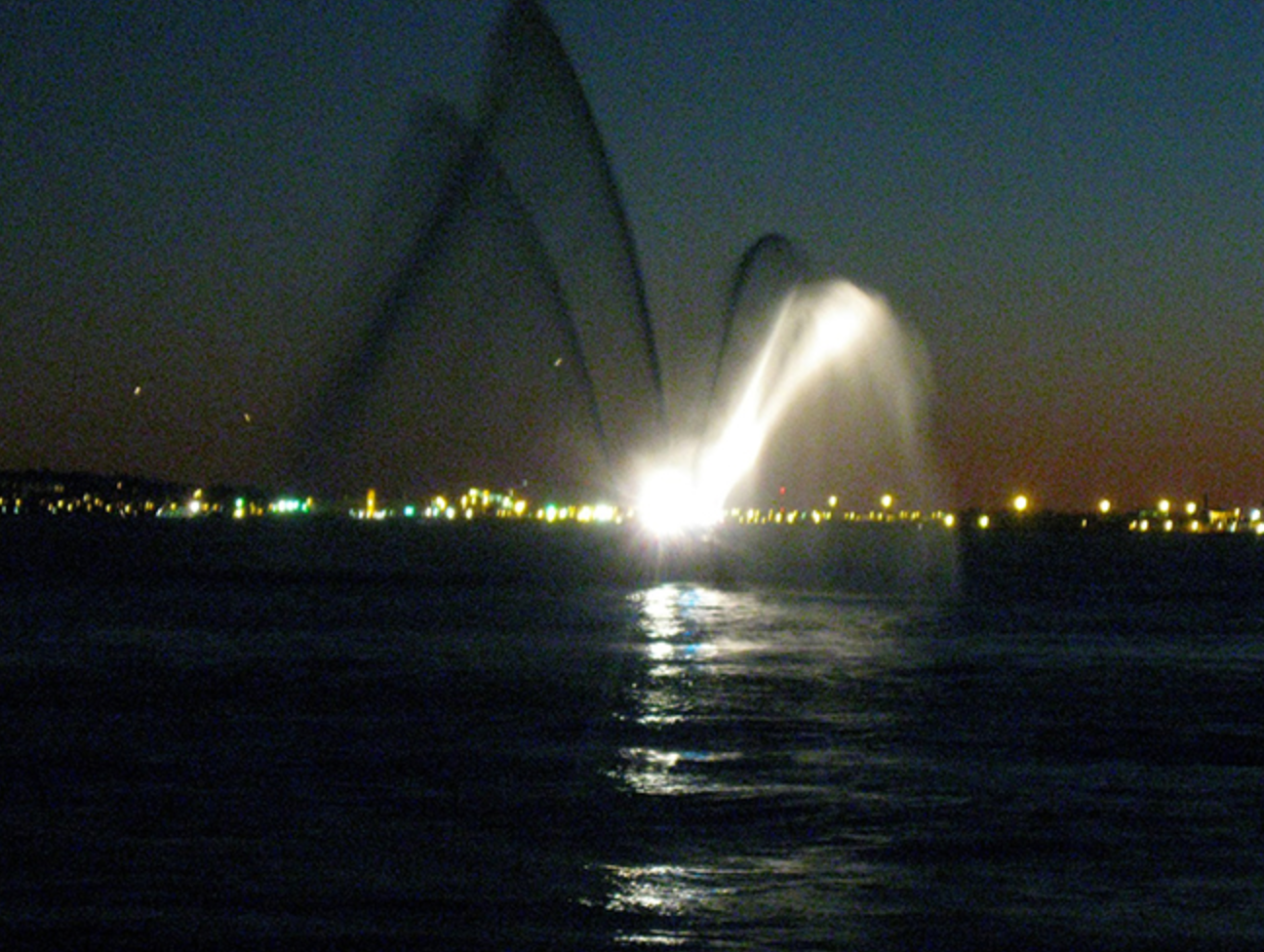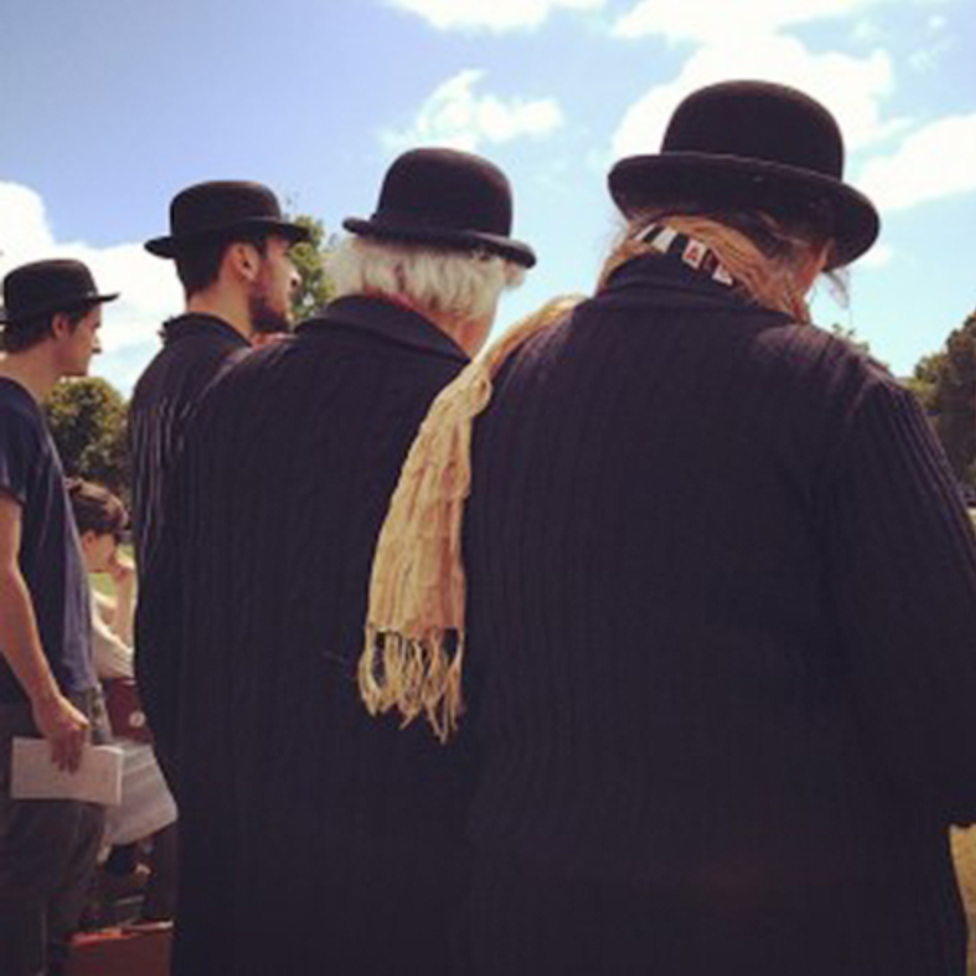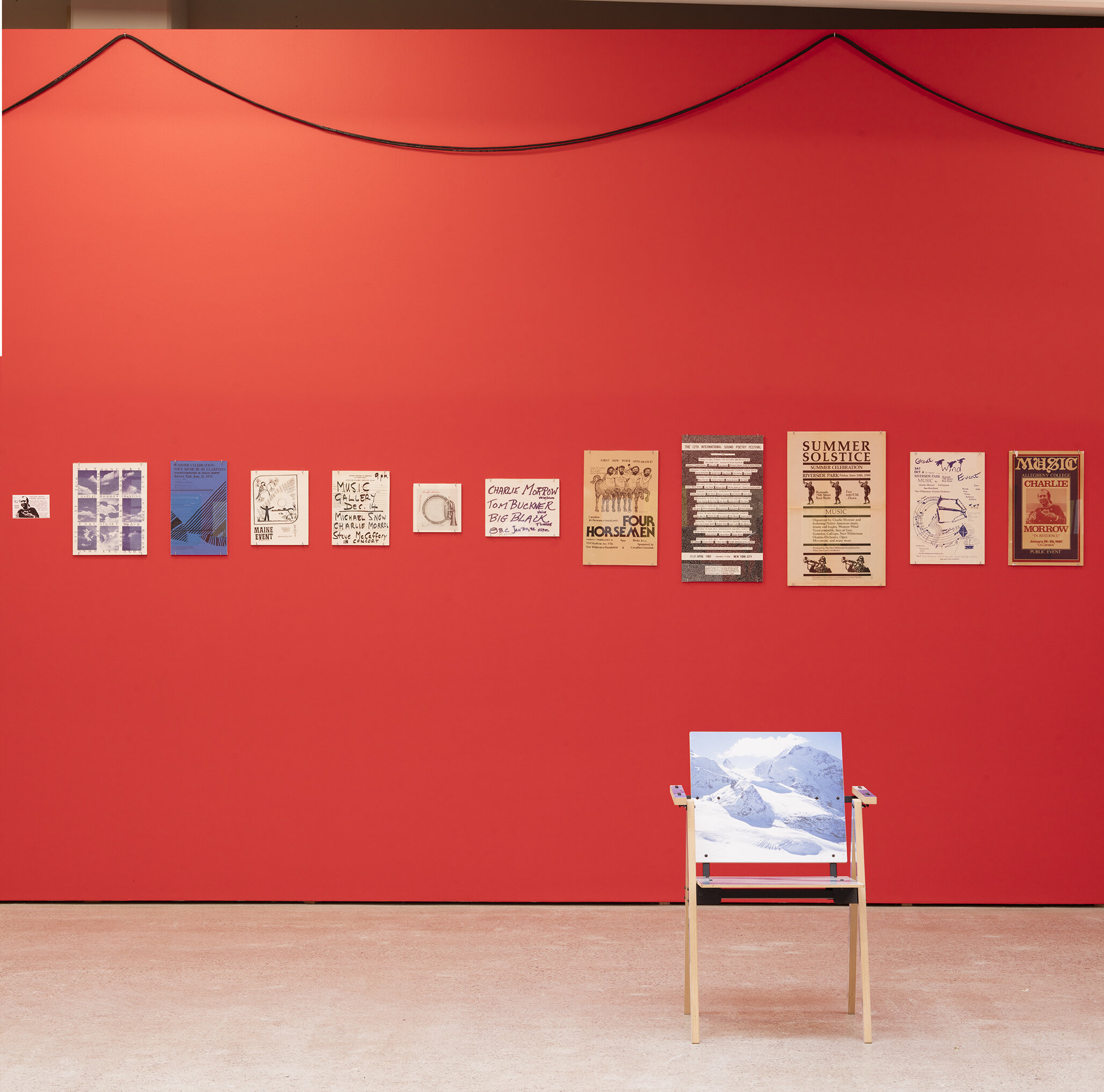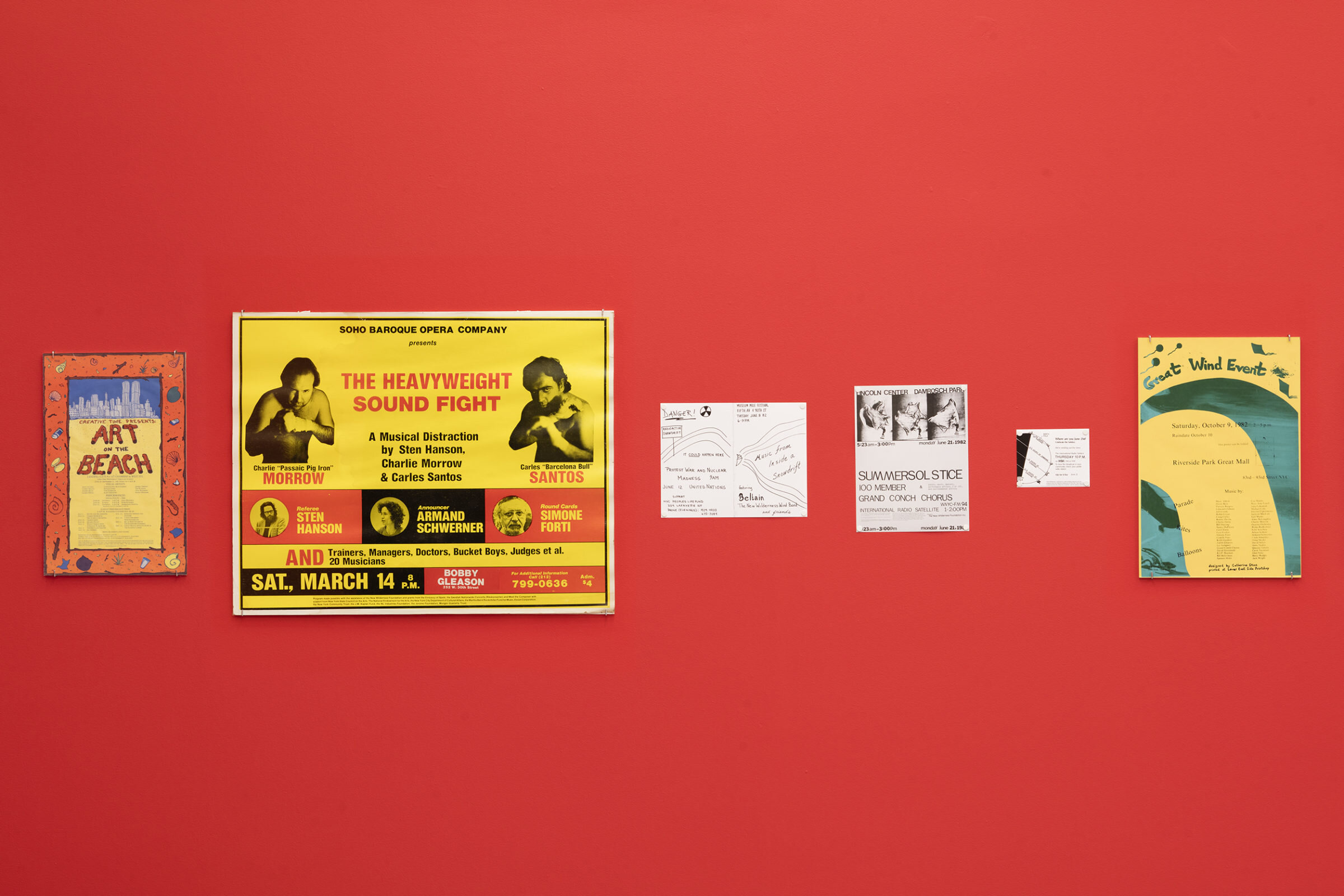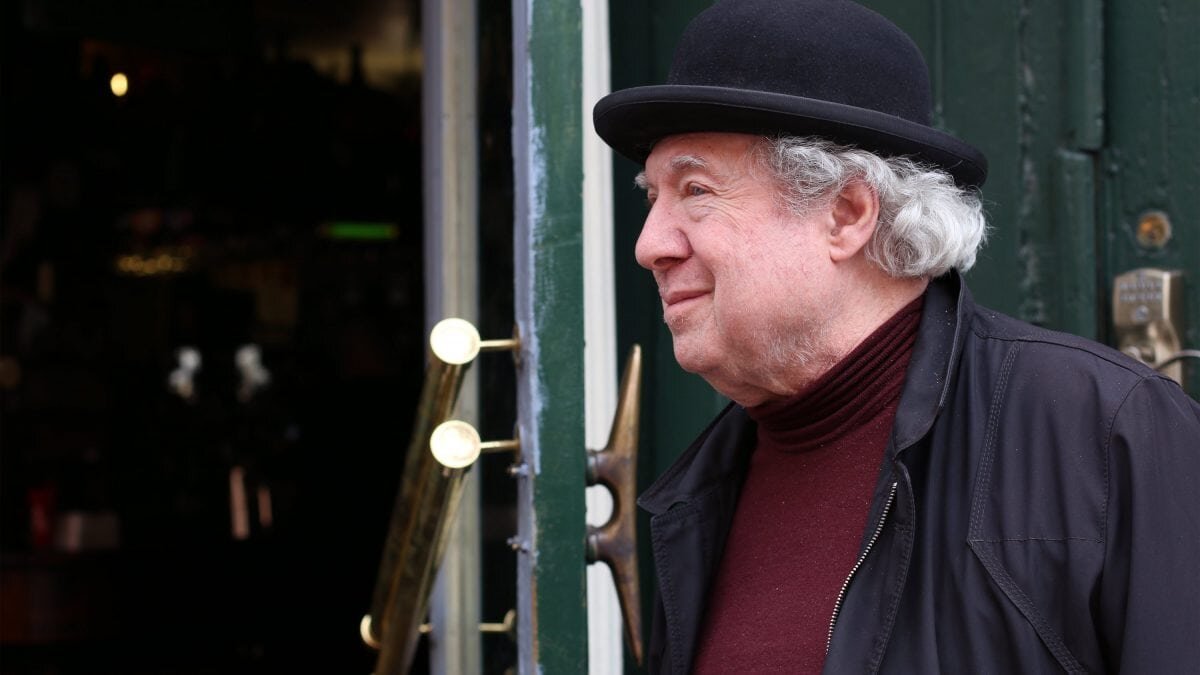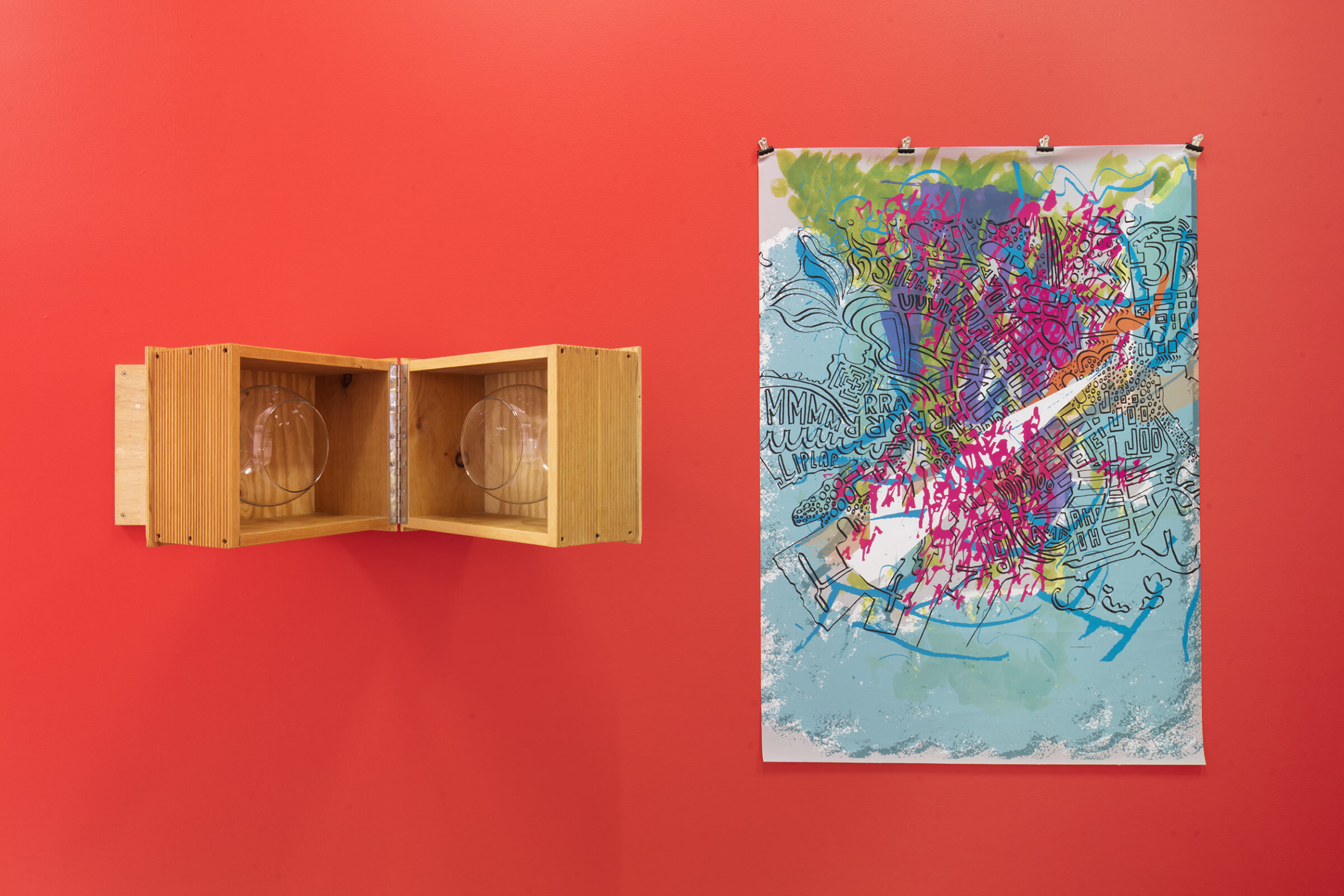Episode 22: Charlie Morrow
The creative impulse can come to fruition in a multitude of different media. While I’ve tried to interview creators of all forms, this is the first time on this podcast that I’ve spoken with someone who works in sound. Charlie Morrow is a sound artist, composer, musician, producer, conceptualist, performer, magazine editor and former jingle writer. A true multi-hat (as he describes himself), his creative projects have included chanting and healing works, museum and gallery installations, large-scale festival events, radio and TV broadcasts, film soundtracks, advertising jingles and commercial soundscapes.
Morrow transmutes sound into something larger, making performance pieces and happenings that encompass space and interactivity to make for a multi-sensory experience. I first came across Charlie’s work a few years ago when I came across a mention of a solstice event he had put on in New York City. Researching further, I found that he organized a Summer Solstice celebration annually from 1973 to 1989. These large-scale events were collaborative projects that brought together many musicians, artists and performers. We were originally supposed to have this conversation in person a few years ago, with me traveling to his home and archive in Vermont, but due to various life events we eventually connected on Zoom a few months ago.
As Charlie discusses in our conversation, he came to music making and an interest in sound from a very young age. Learning first trumpet and bugle, he went on to study music at Columbia College. There the ethnomusicologist Willard Rhodes introduced Morrow to oral cultures and shamanic traditions, which later played a huge part in Charlie’s work. He received his diploma in composition from Mannes College of Music (part of the New School), where he met his long-time collaborator, poet Jerome Rothenberg. The pair established the New Wilderness Foundation, an arts organization with the mission of New/Old Explorations in Sound and Oral Poetry. They recorded and broadcast music, published the New Wilderness Letter and Ear magazine, and incubated startups that promoted a cross disciplinary mix of arts. In all of these projects Rothenberg and Morrow explored poetry, sound and the creative process in a highly intellectual and conceptual manner. New Wilderness Letter, in the words of David Antin, was to explore “those linguistic acts of invention & discovery through which the mind explores the transformational power of language & discourse & invents the world & itself”, while Rothenberg characterized the role of New Wilderness Letter with these words: “There is a primal book as there is a primal voice, & it is the task of our poetry & art to recover it—in our minds & in the world at large.” The archives of New Wilderness Letter have been digitized by UPenn, while NYU is currently in the process of digitizing Ear magazine. During the 1970s New Wilderness Foundation offered a number of sound artists the opportunity to record a variety of works—experimental and traditional music, poetry, storytelling and other sound and language art—in a professional recording studio. The resulting recordings, AUDIOGRAPHICS, were released originally on cassette and are now available for purchase on Bandcamp.
Though he had a promising concert hall career, in 1973 he turned away from that to instead focus on performing in public spaces with their changeable environmental acoustics. Interested more in the immersive quality of environmental soundscapes, since 1973 he has put on an incredible number of happenings—not just the solstices but everything from county fairs to city-wide spectacles that included thousands of people. His compositions are written for every possible instrument (or non-instrument) in every possible combination: “a gigantic orchestra or a conch shell, five household utensils or a brass ensemble, 40 cellos or 30 harps.”
Arranged with Sean McCann, America Lament ”compresses 50 years of work into 40 minutes, with each of its tracks incorporating forms of jazz, classical, and early electronics.”
To support himself he established a highly successful commercial music business, Charles Morrow & Associates, which wrote a number of famous jingles and provided arrangements for hit recordings by Simon & Garfunkel, The Rascals, Vanilla Fudge and The Balloon Farm. He also scored the documentary Moonwalk One, about the first moon landing (watch below). In the early 1990s Morrow shifted his commercial career into sound design, later developing his own trademarked MorrowSound 3D soundscapes that is used in museums all over the world.
Still composing and creating events today, he usually splits his time between Helsinki and Vermont—due to the pandemic he has been in Finland for the last year. Last fall an art center in Helsinki showed a retrospective of his work, including many posters and other ephemera from his rather ephemeral events alongside sound exhibits and a virtual solstice event.
I found Charlie an immensely interesting person to talk with—the way he understands sound and our environment, his belief in the healing power of sound, his passion for connection, his interest in shamanism and chanting. There is just so much vitally important thought in this conversation.
Listen and subscribe to the podcast in iTunes
Moonwalk One (1970), documentary with music by Charles Morrow:
Charlie’s iconic "Train to the Plane" jingle for JFK Express (1980):
“Unlike the eye, the ear doesn’t blink.” Charlie Morrow in conversation with Anders Kreuger 11.11.2020:
Four Winds – A Winter Solstice Concert 21.12.2020:
“NEW FRONTIER FOR POETS: CASSETTE PERIODICALS” in Coda: Poets and Writers Newsletter, April 1, 1977:

